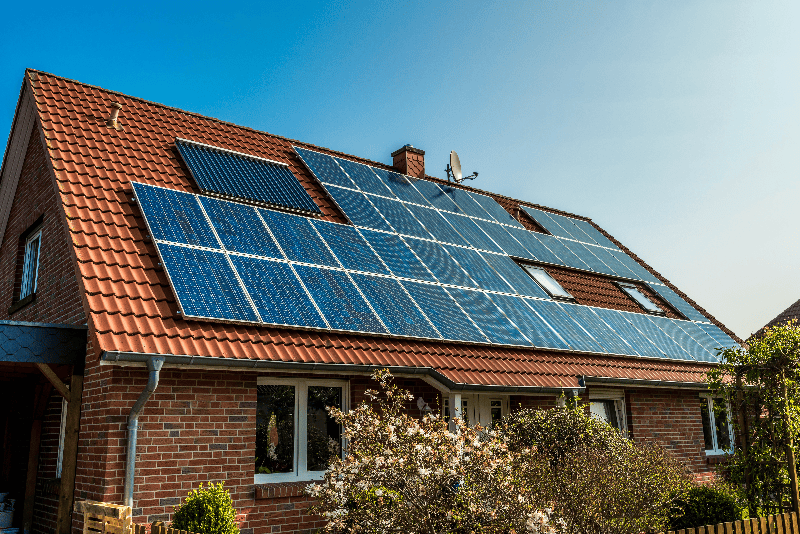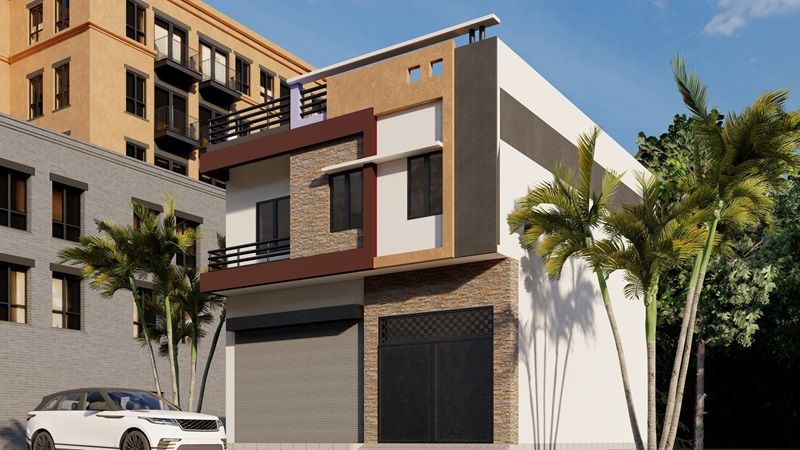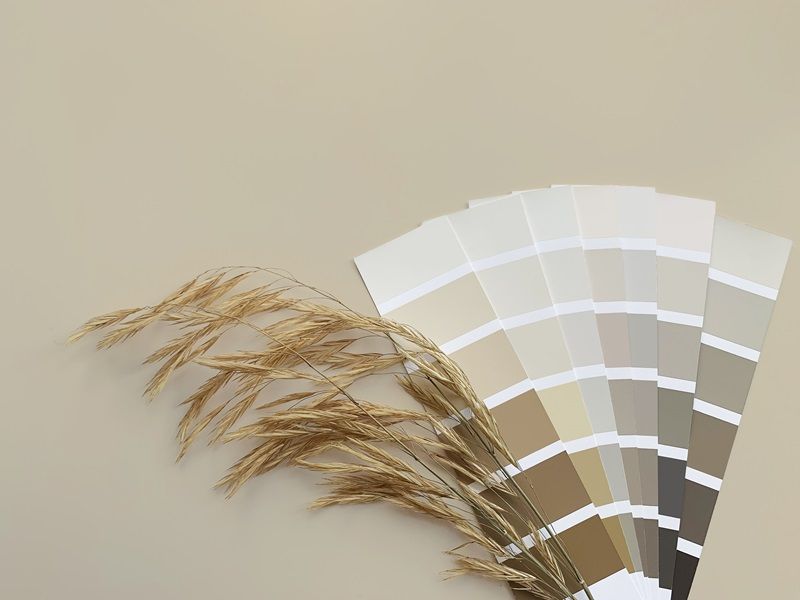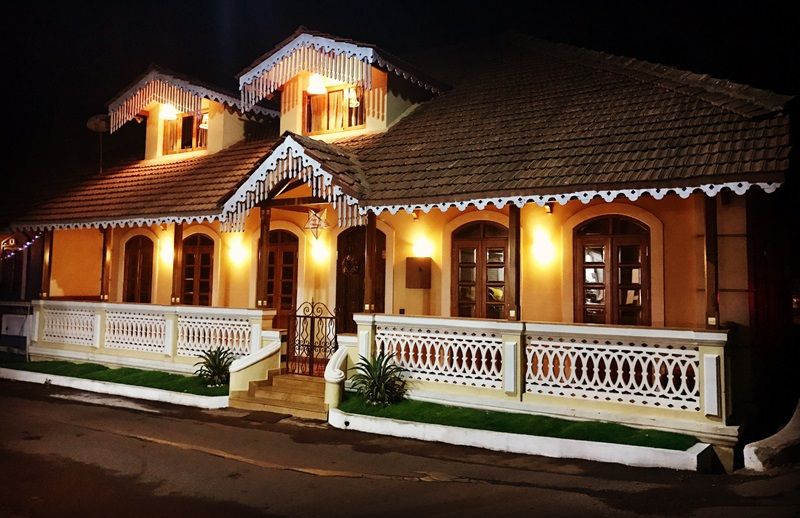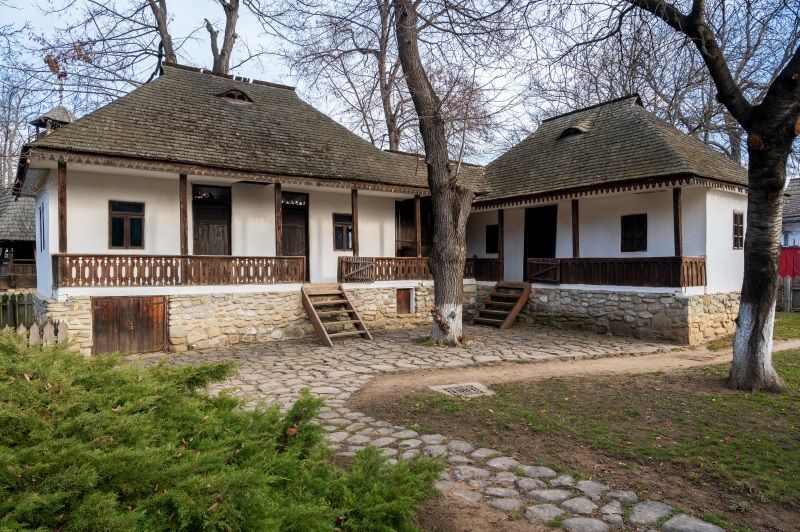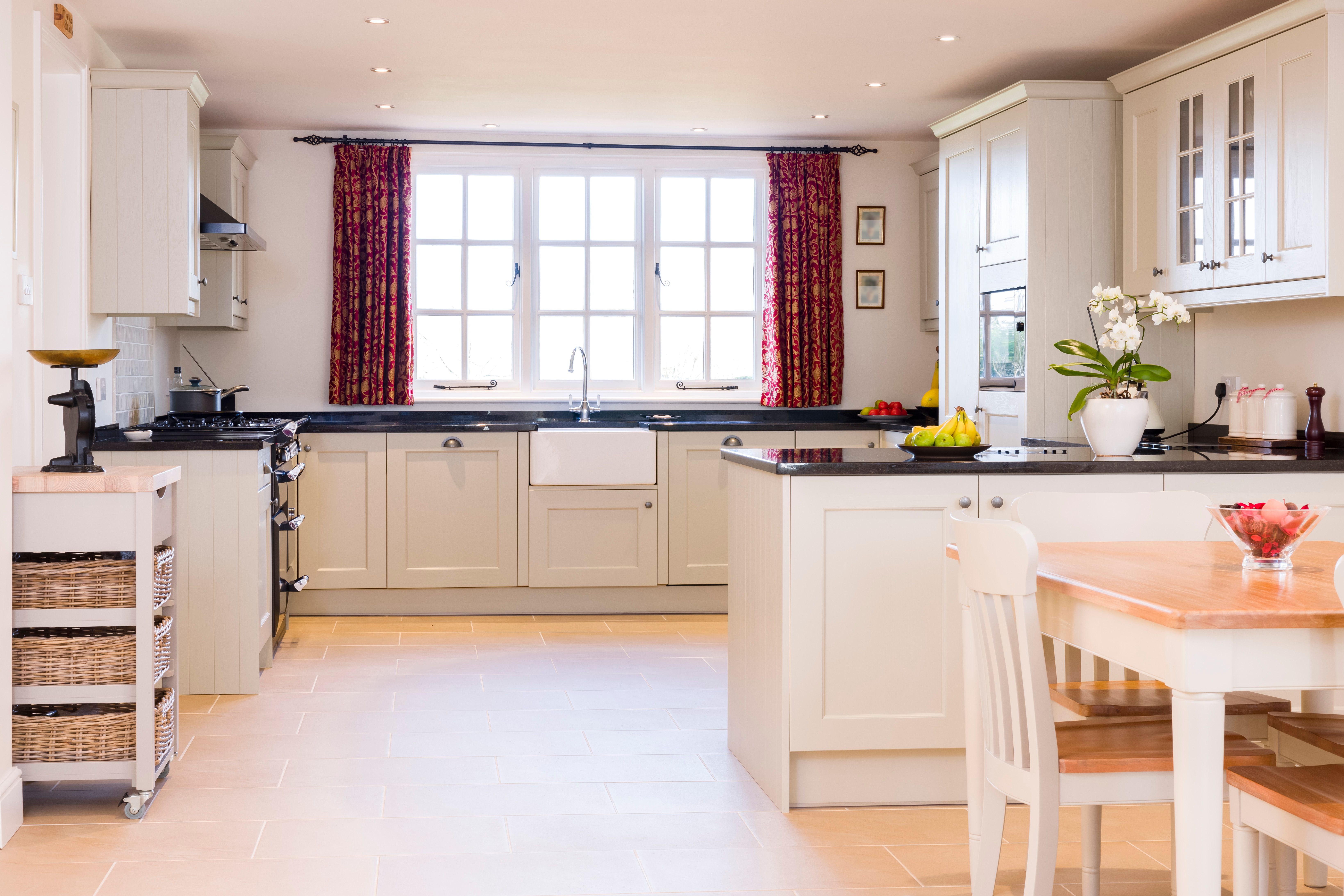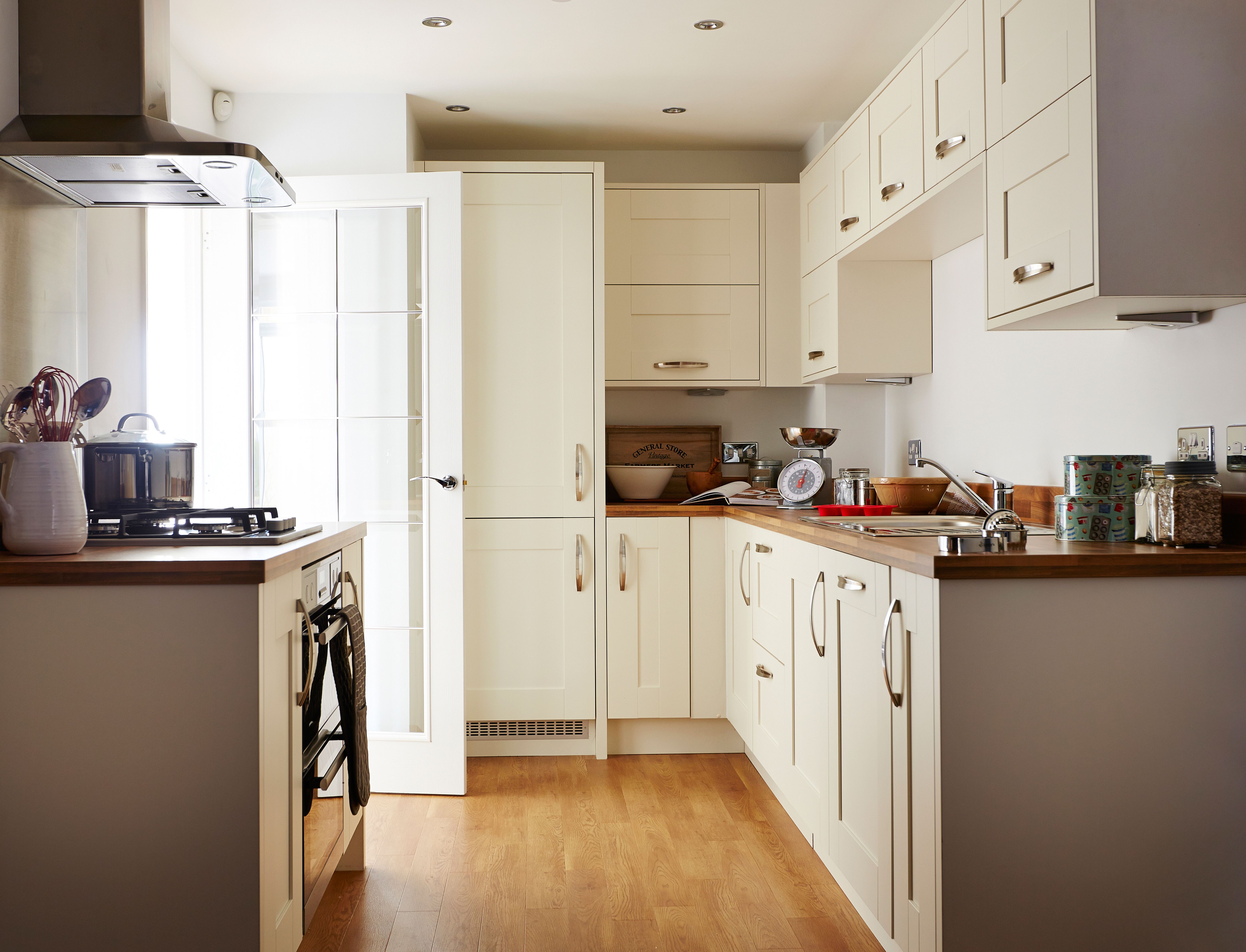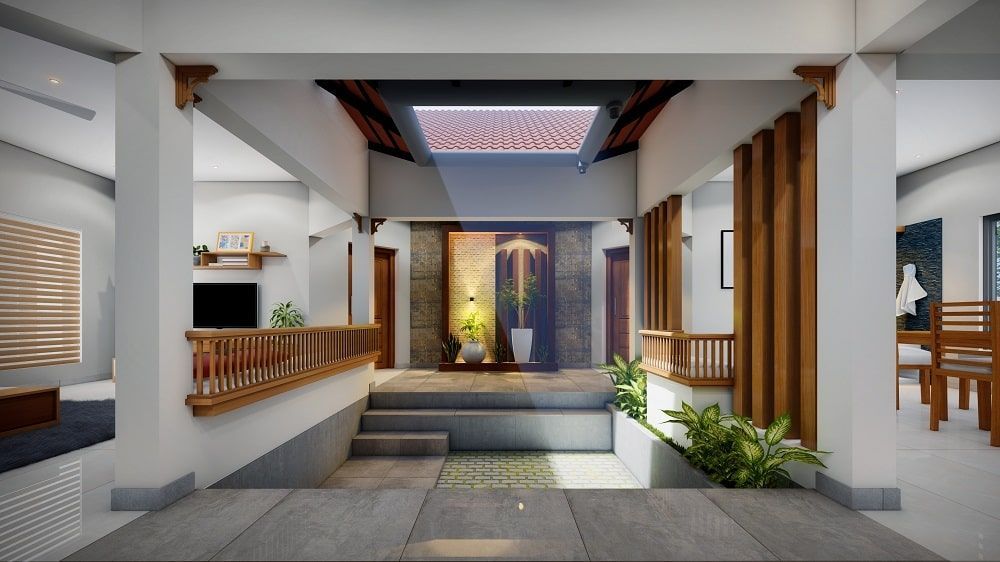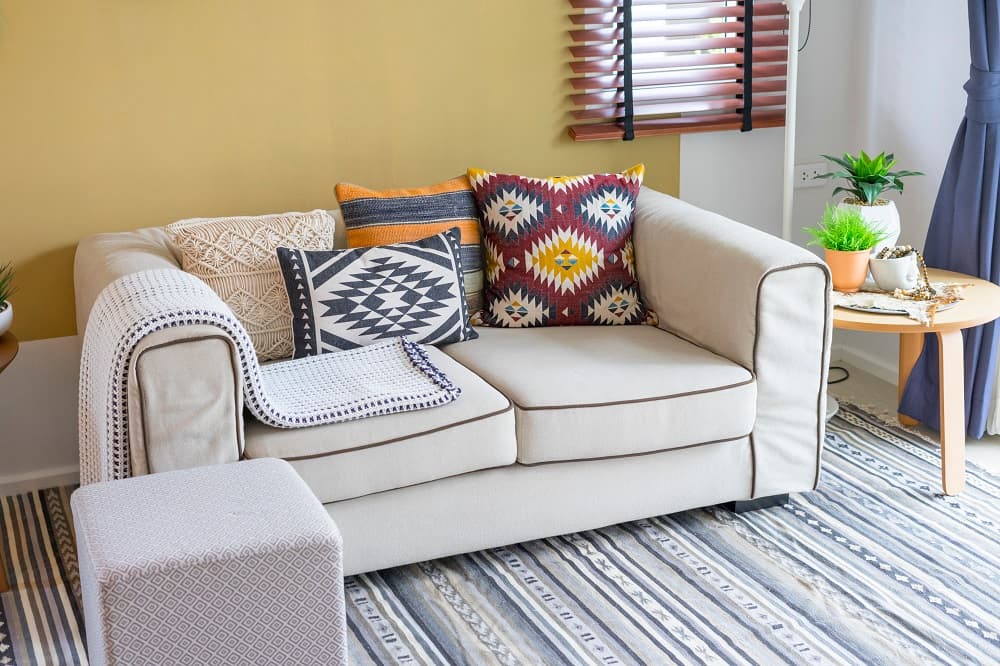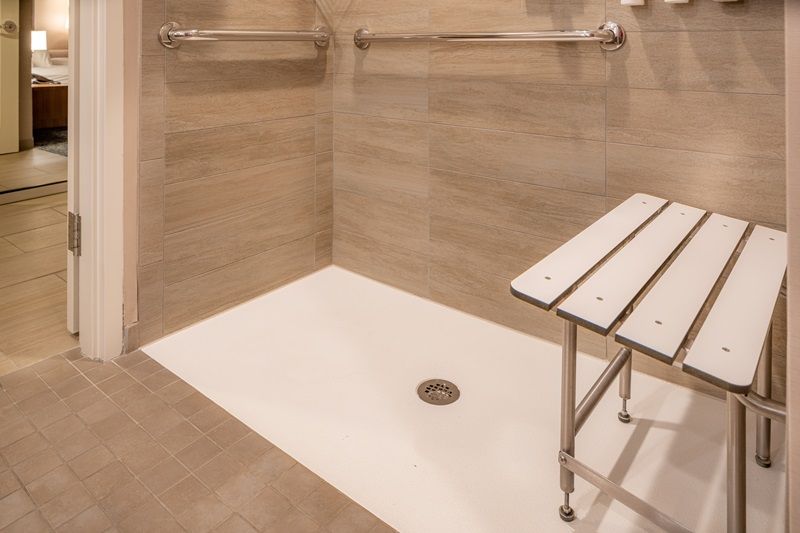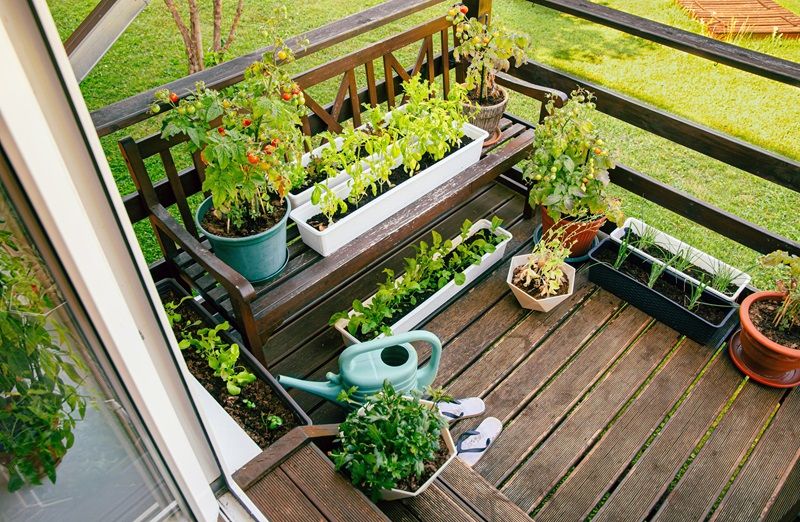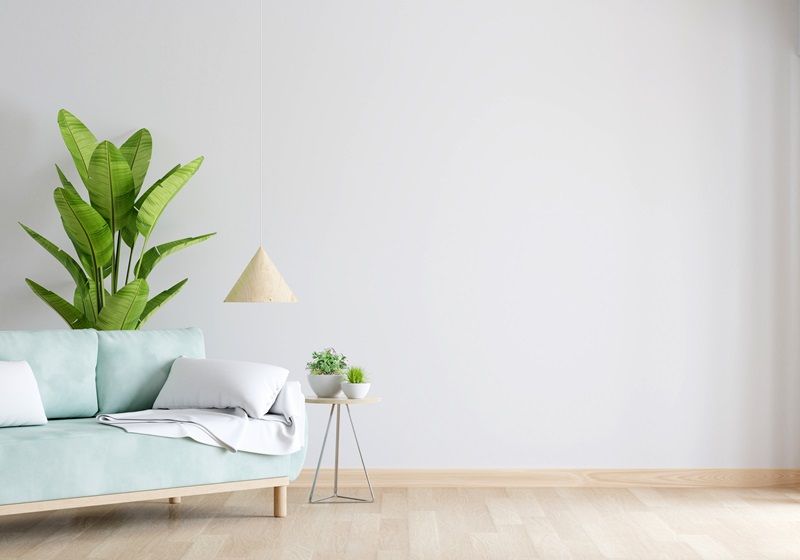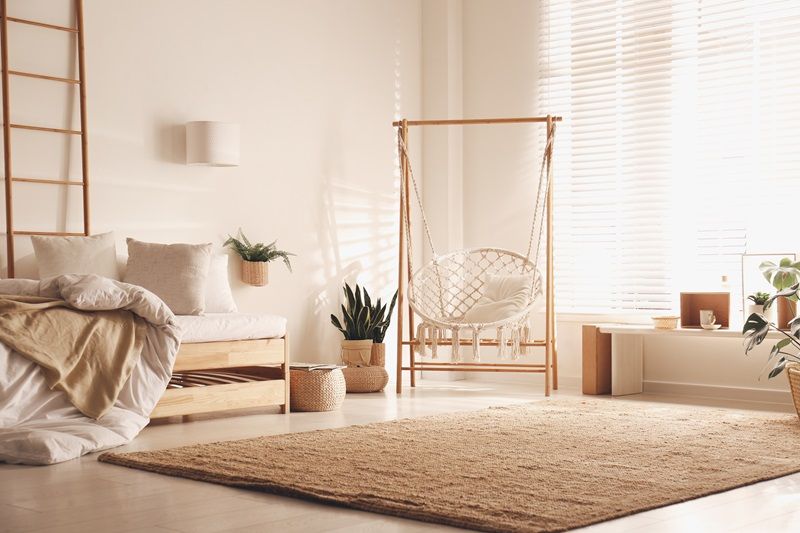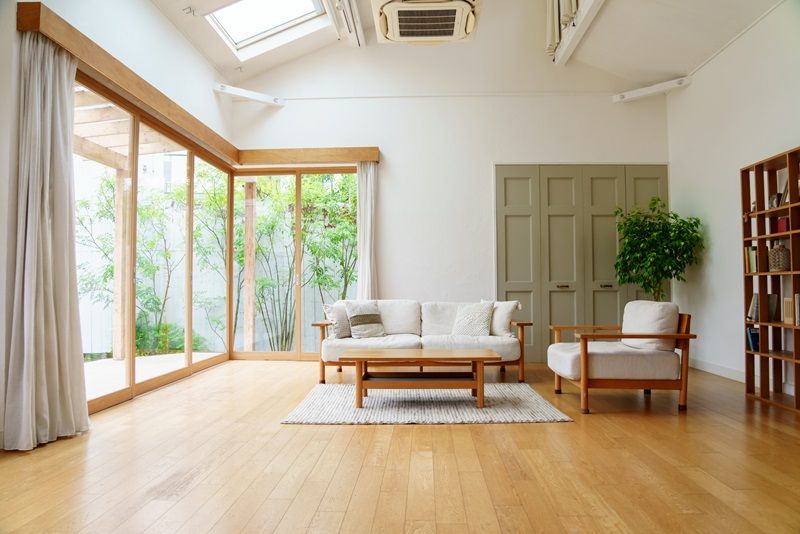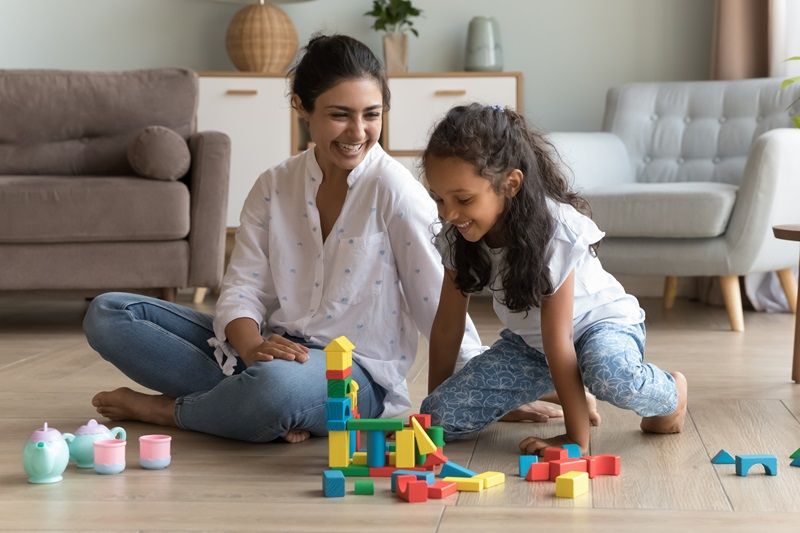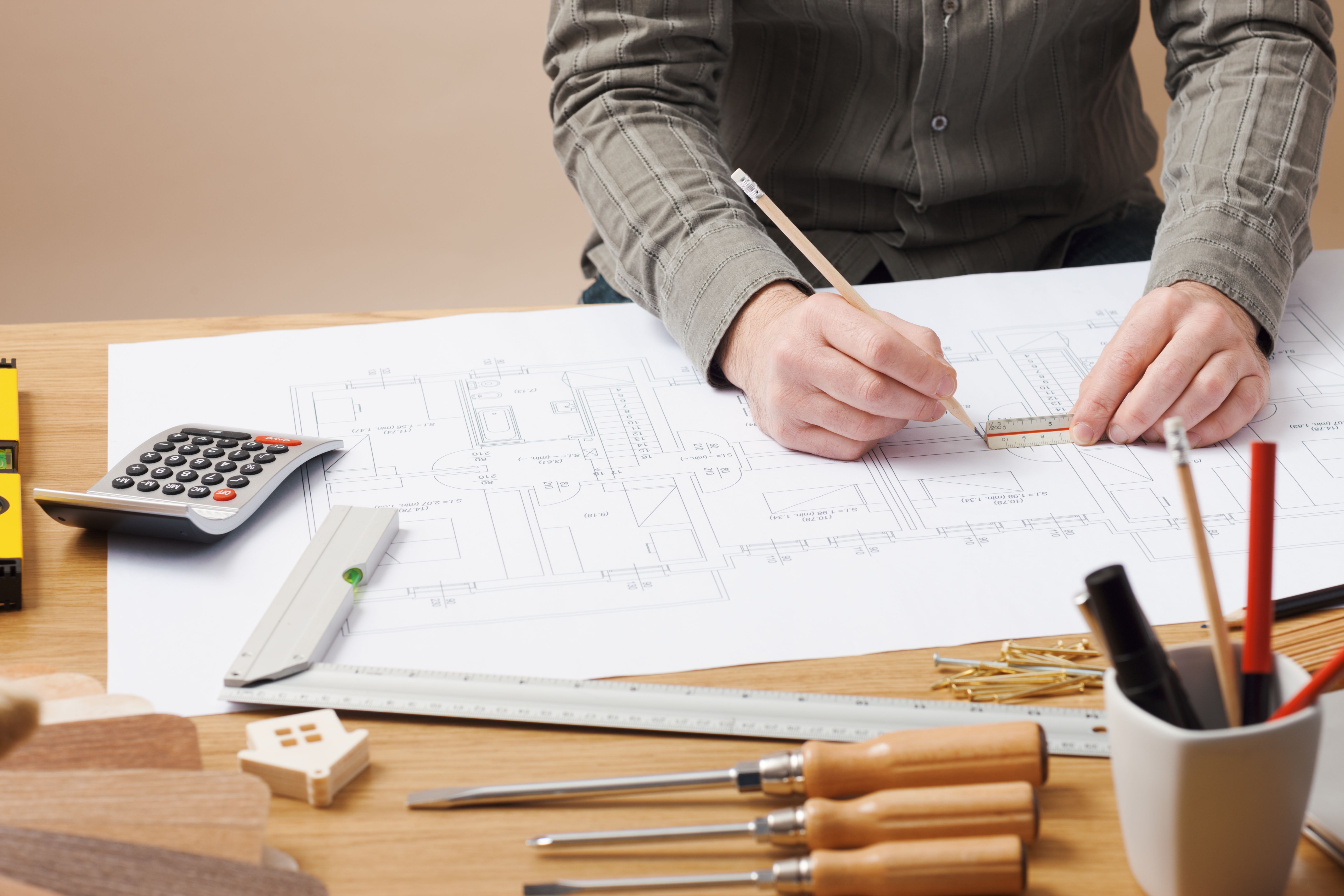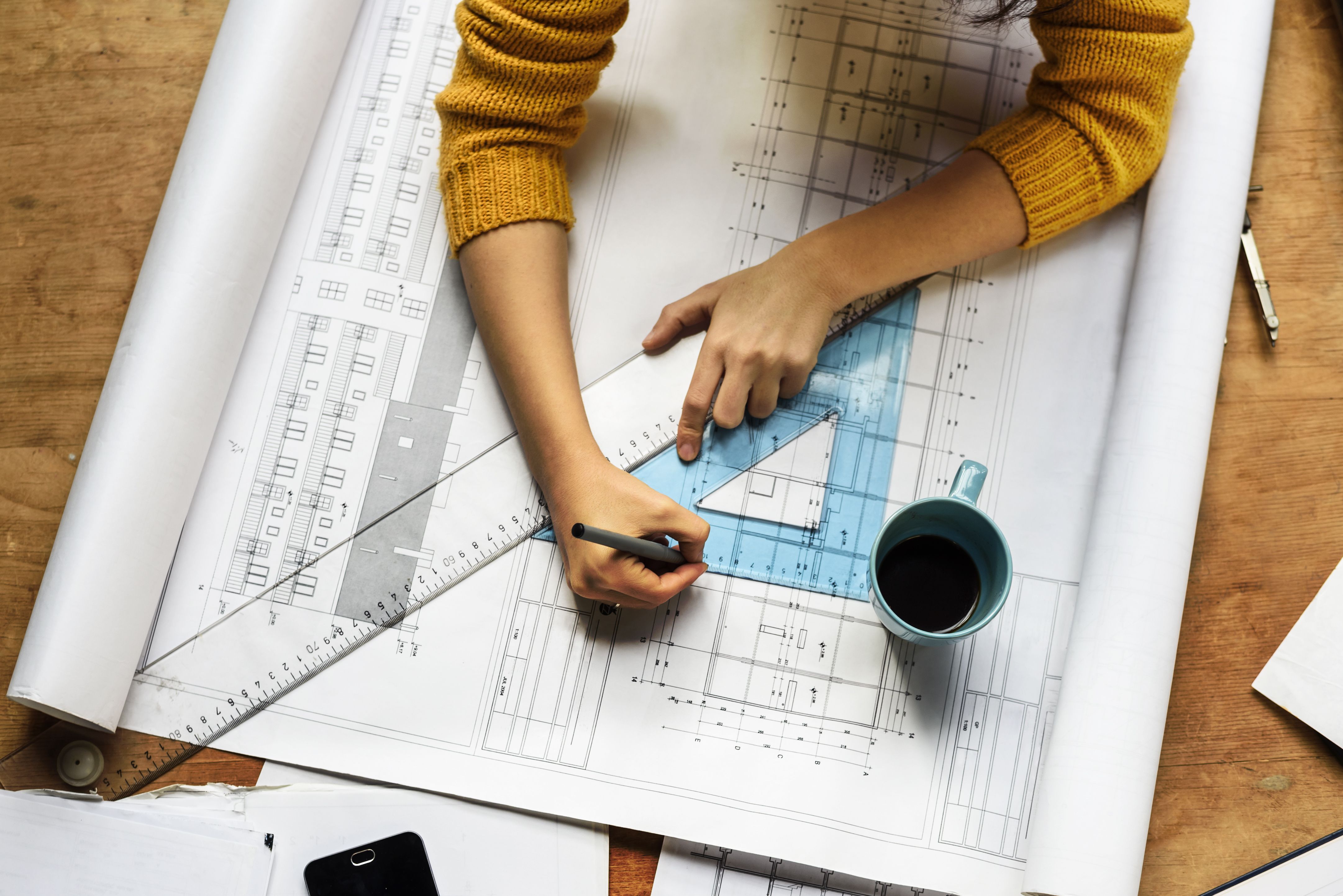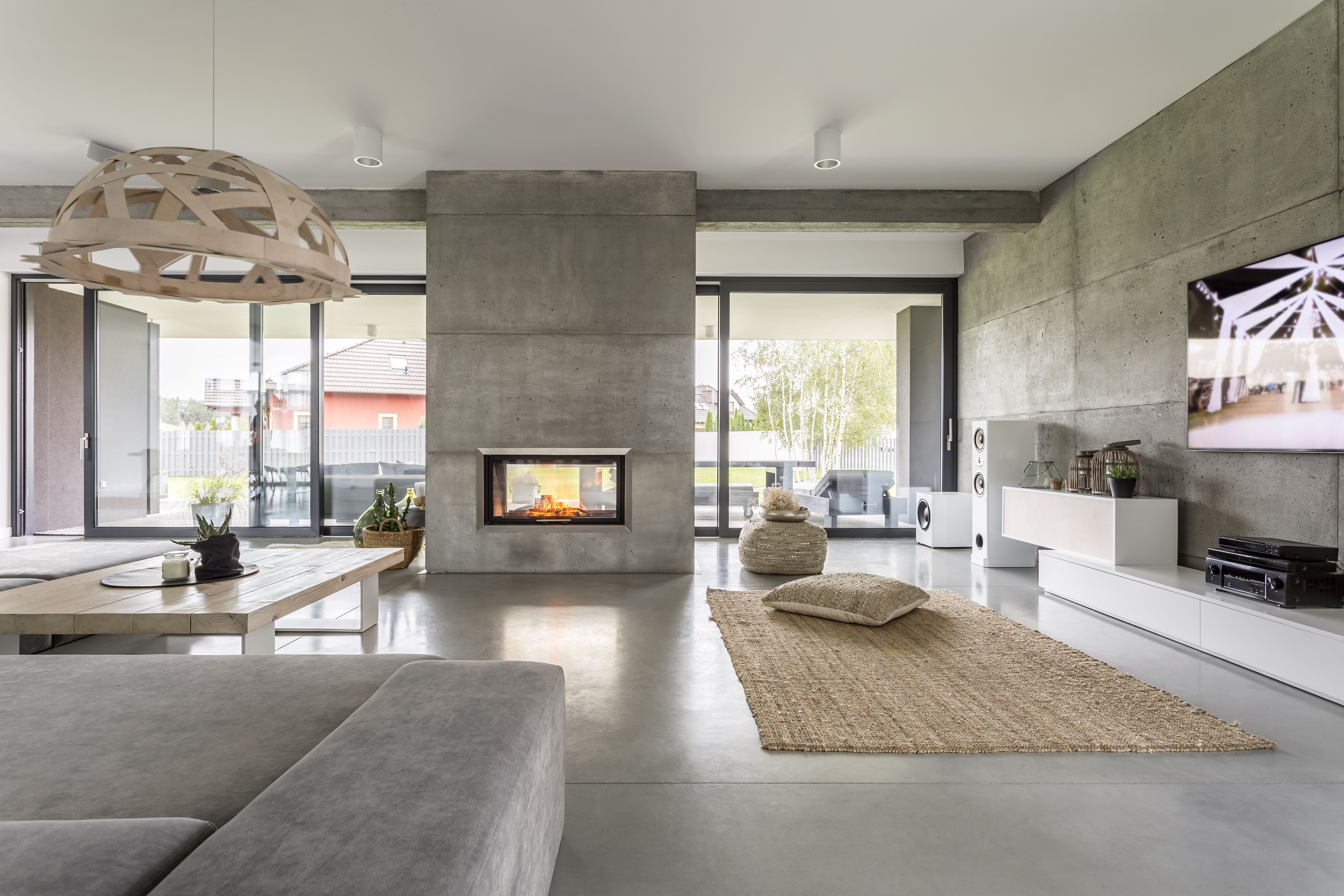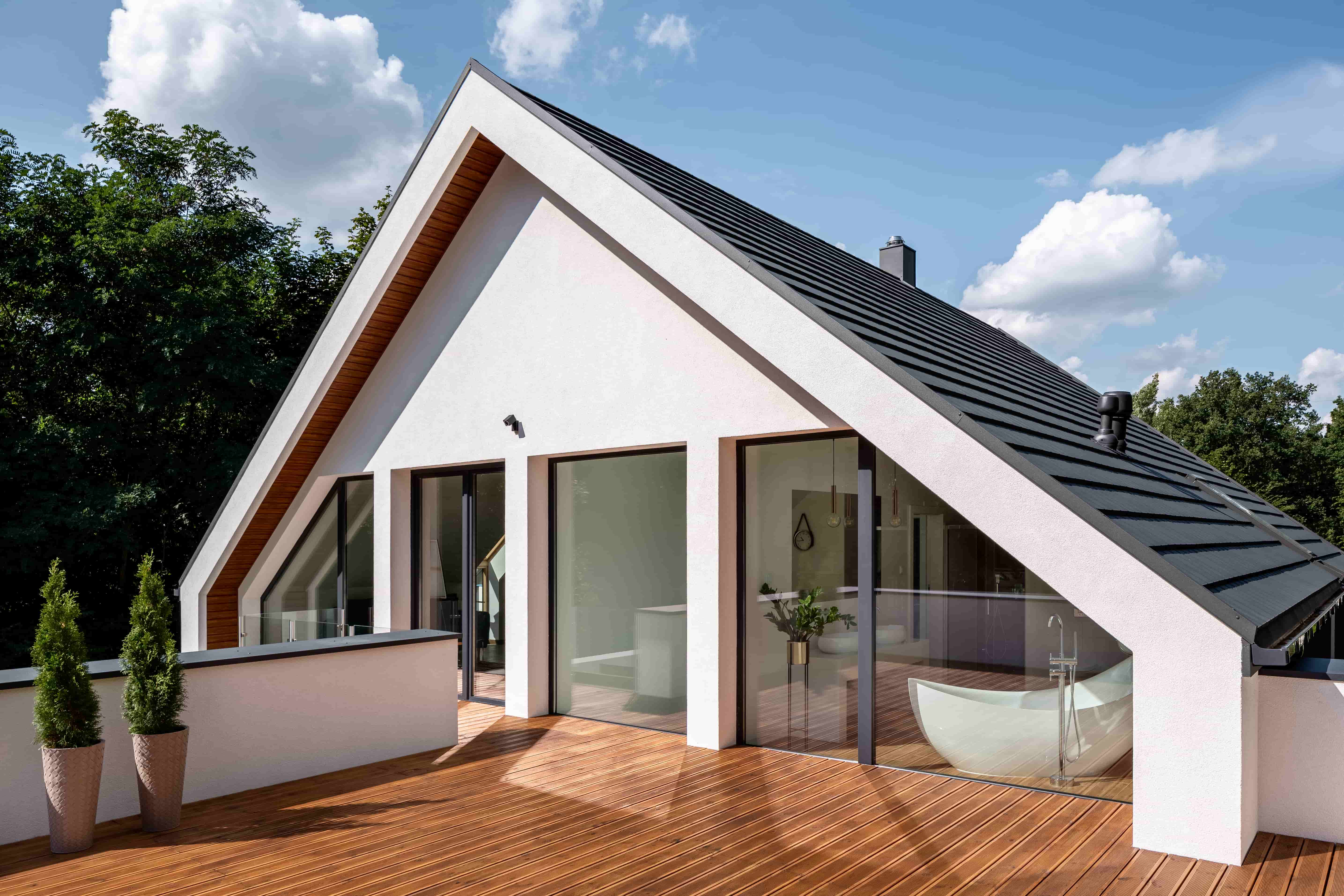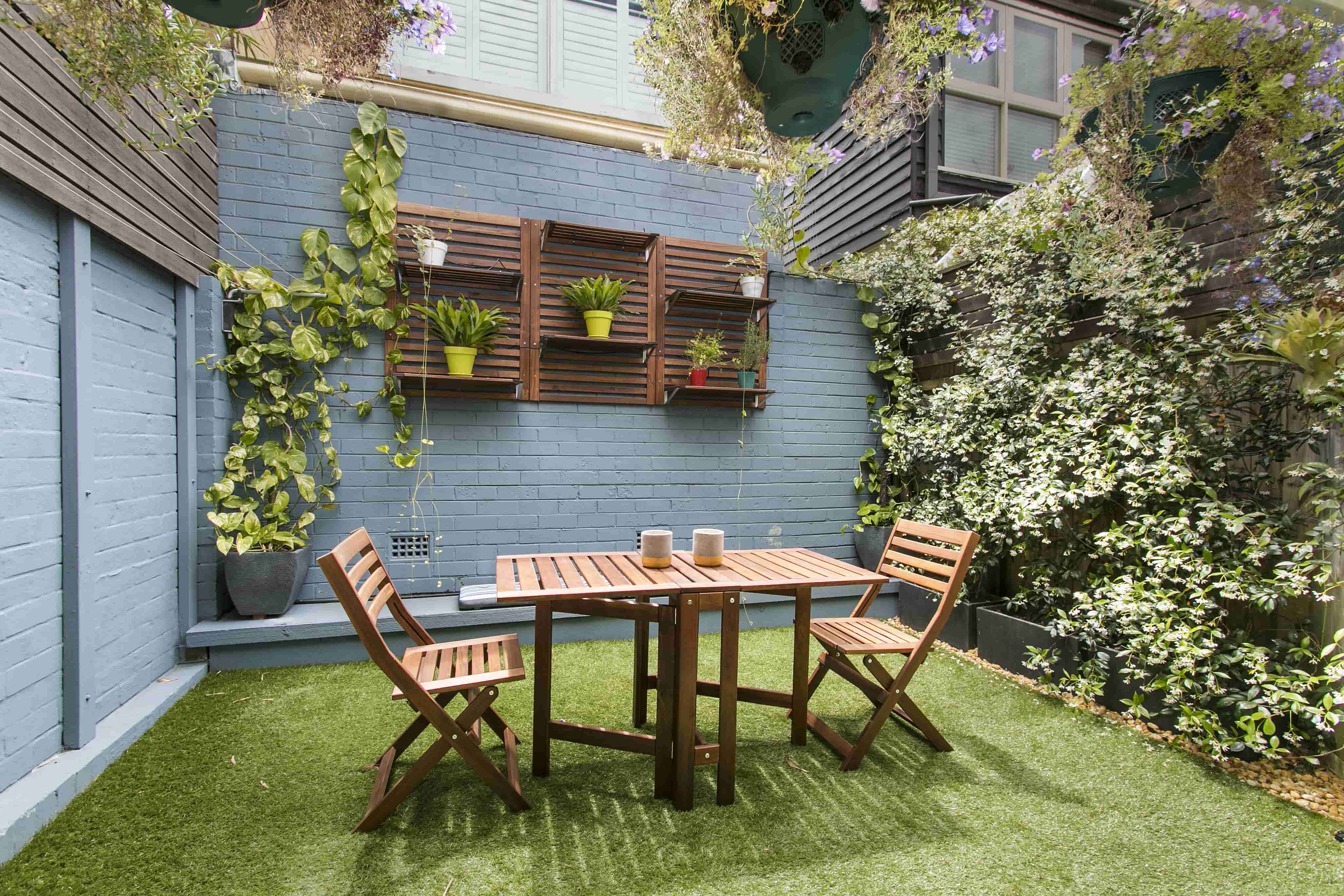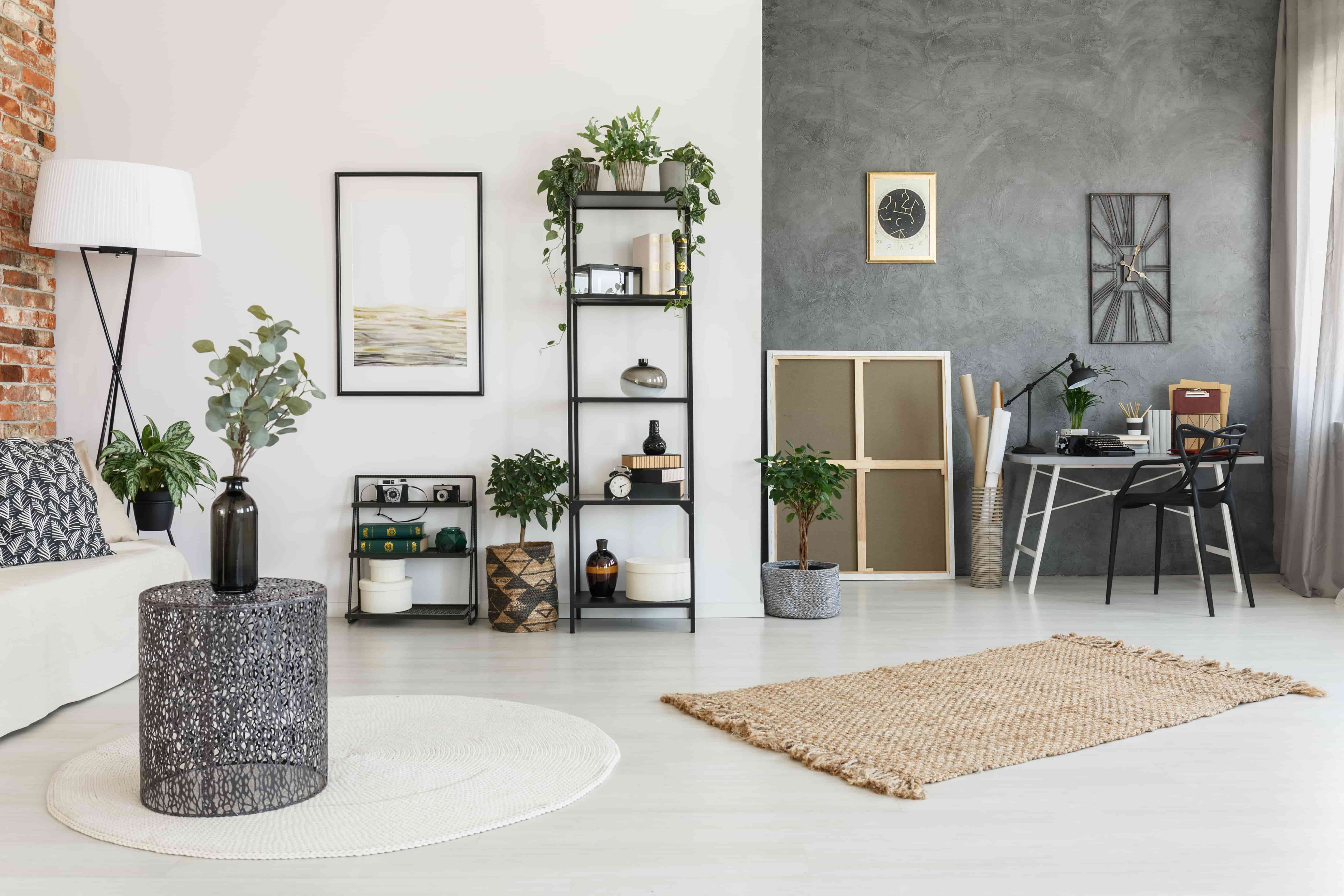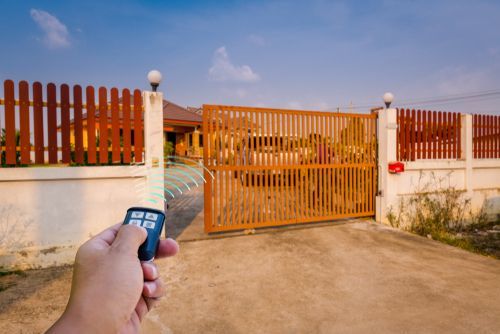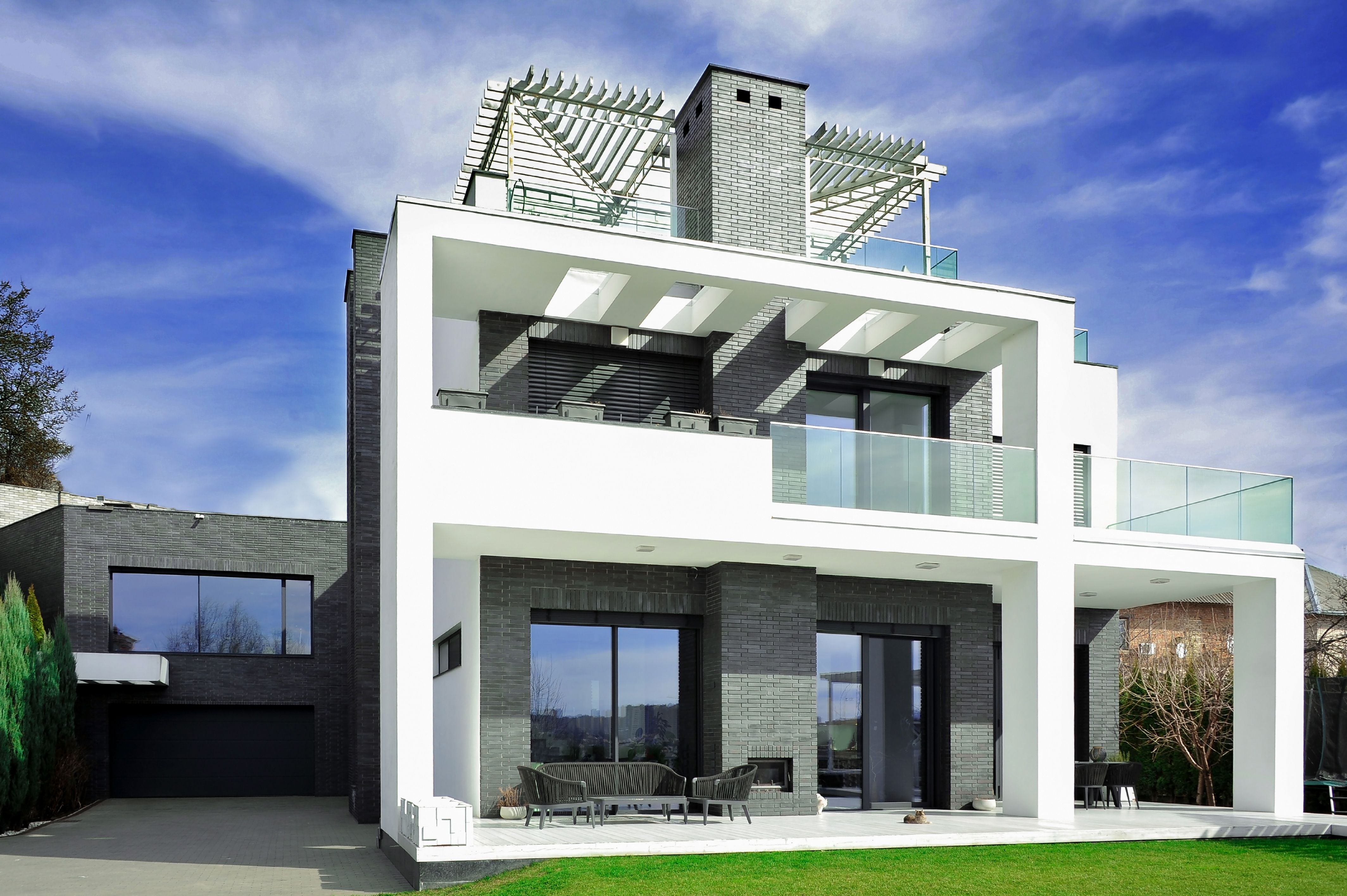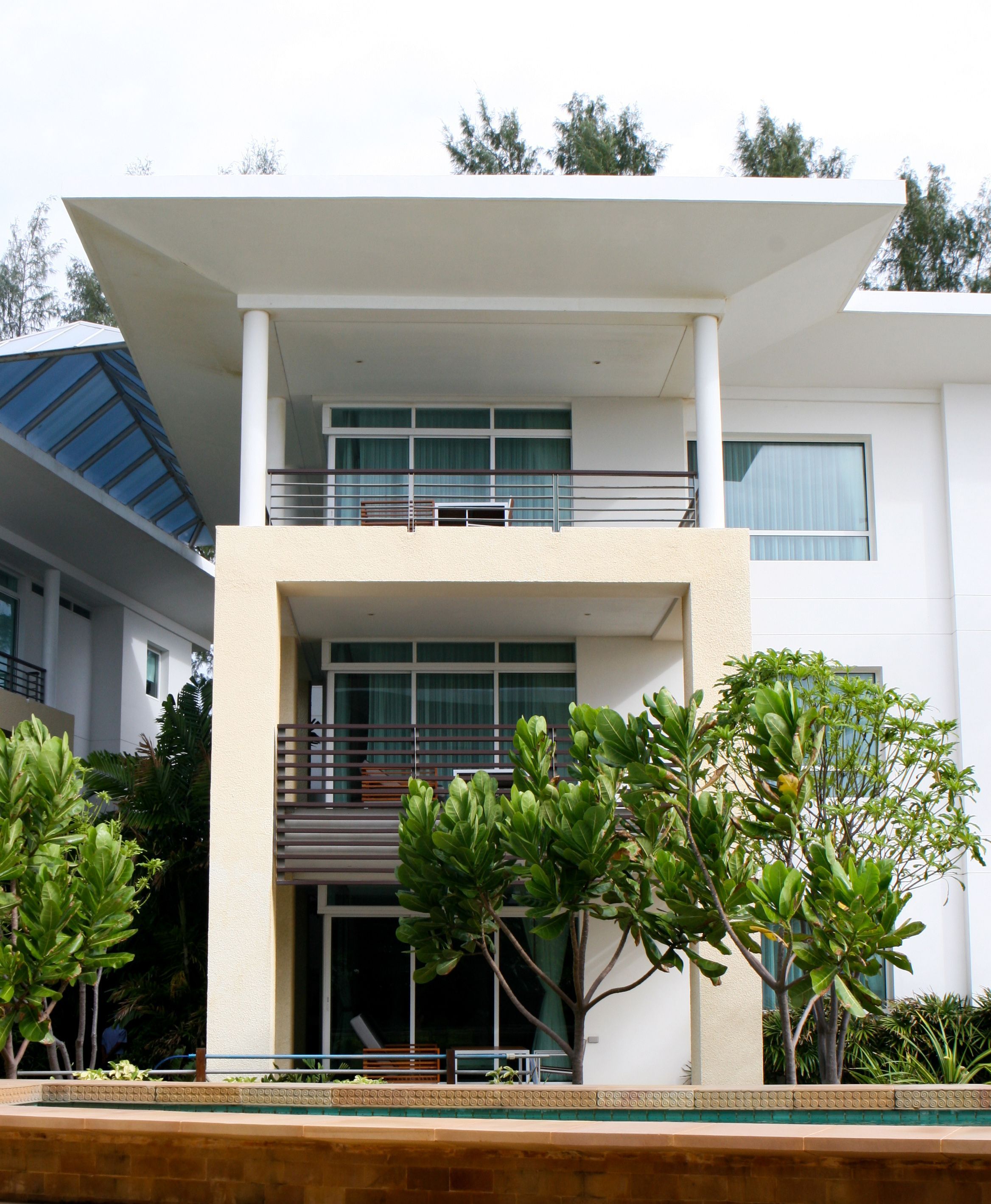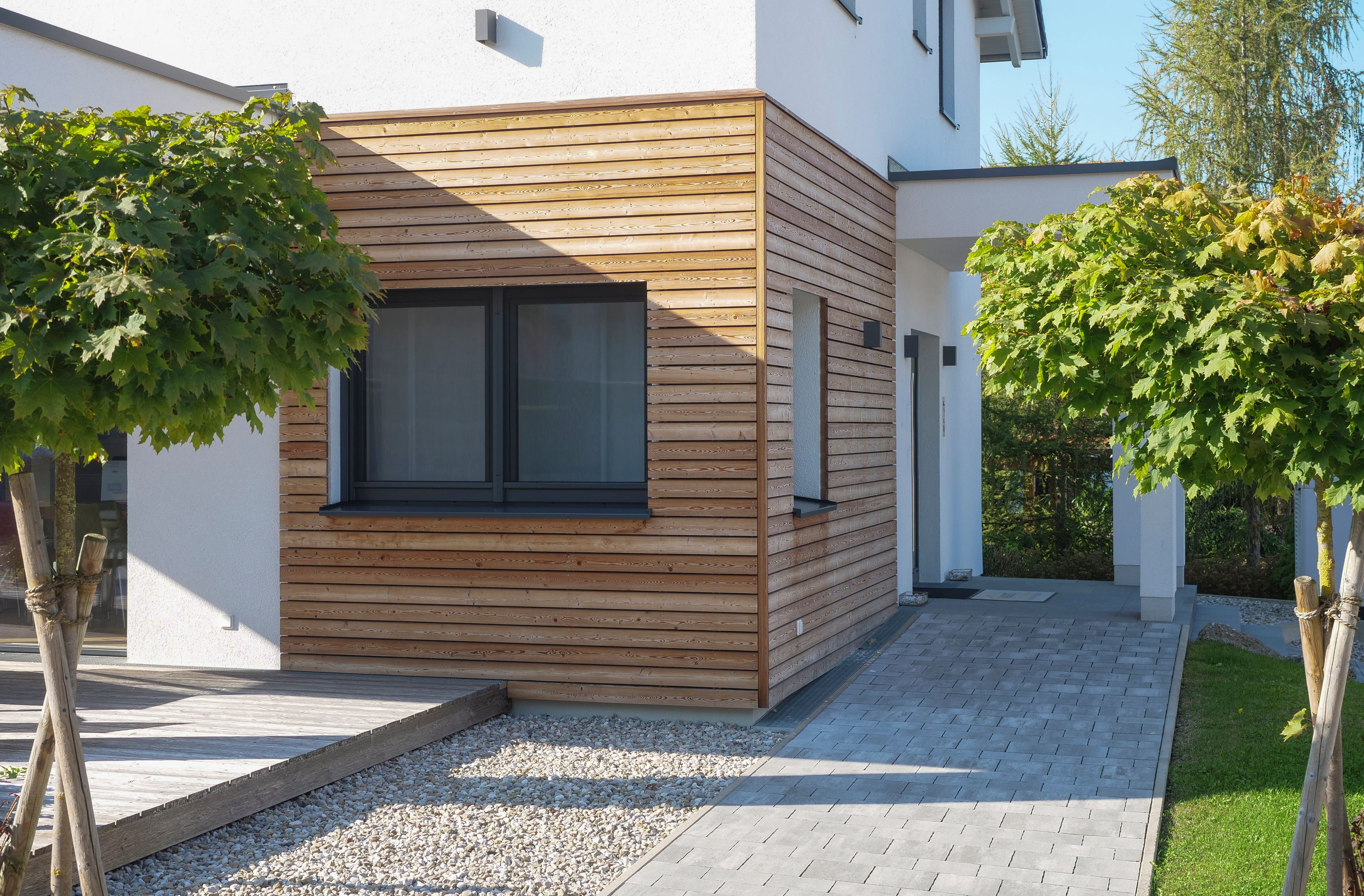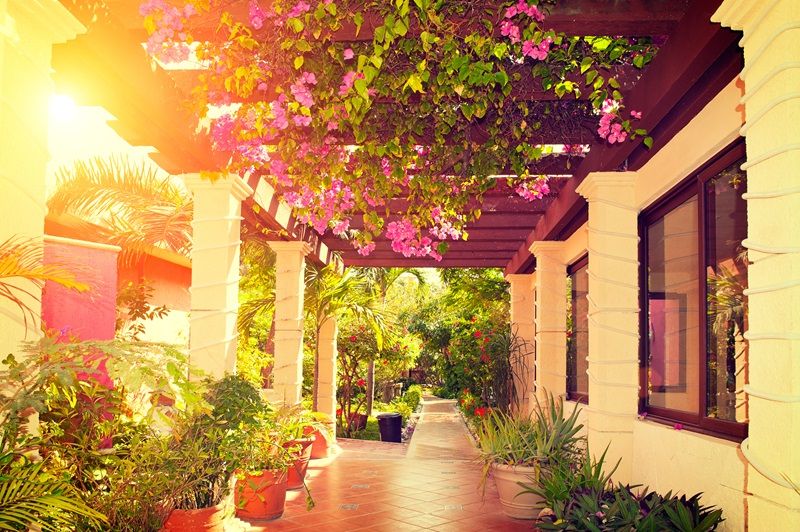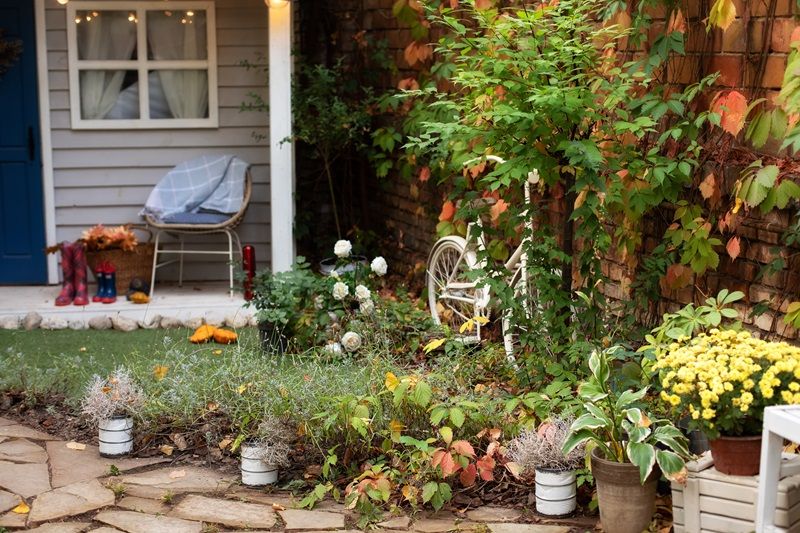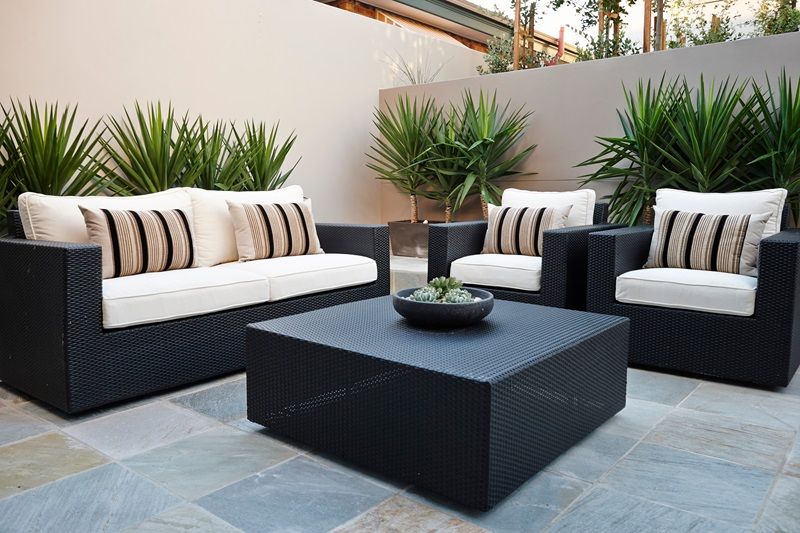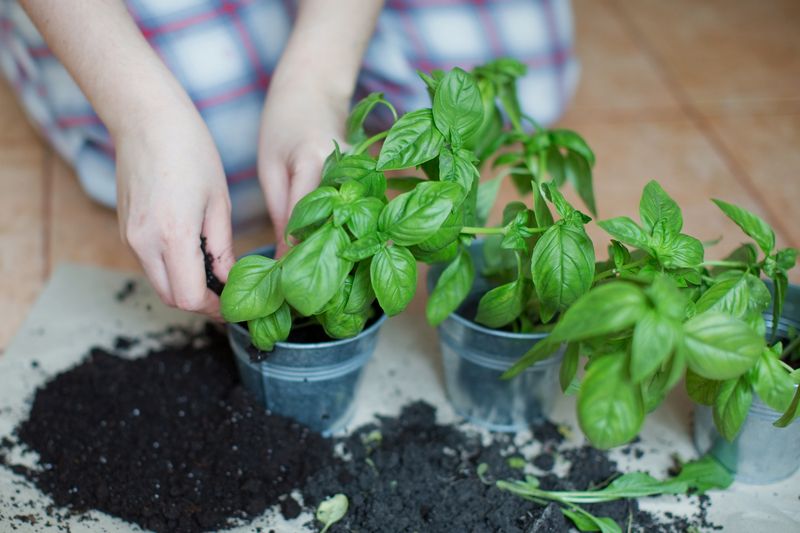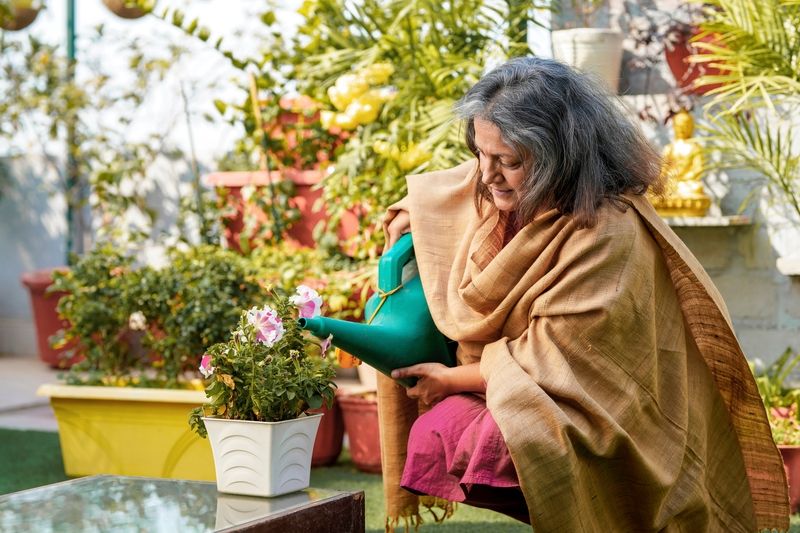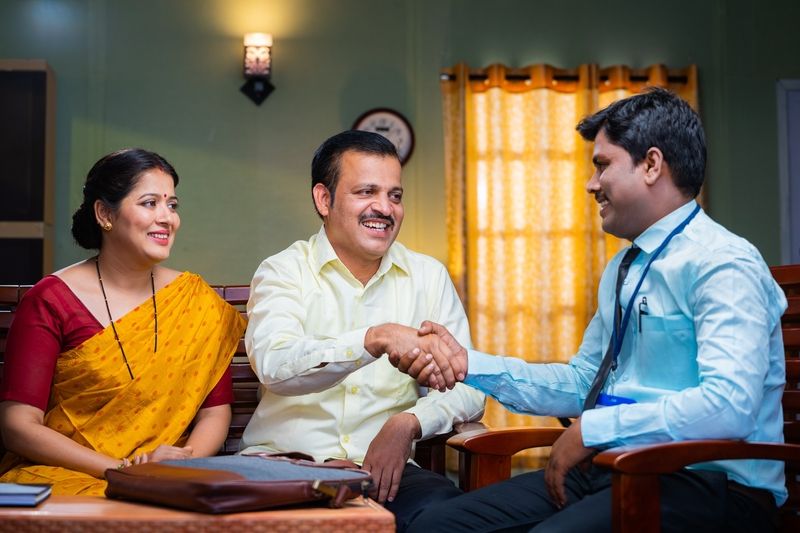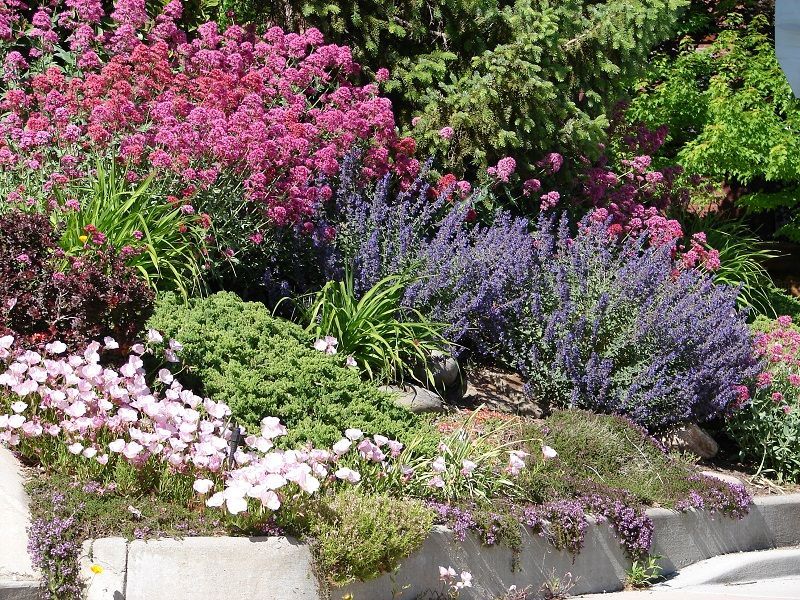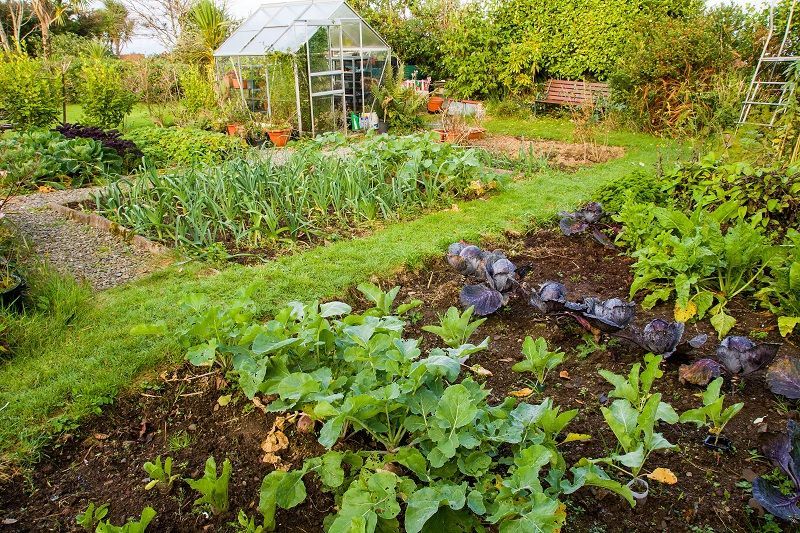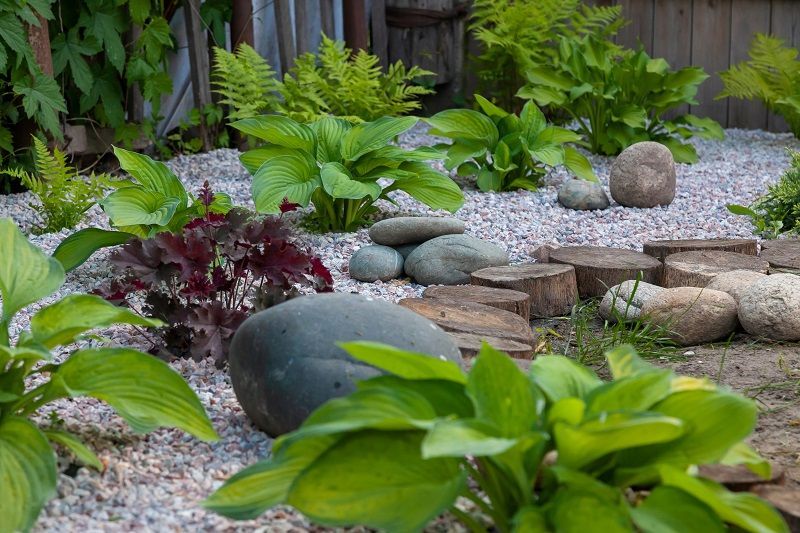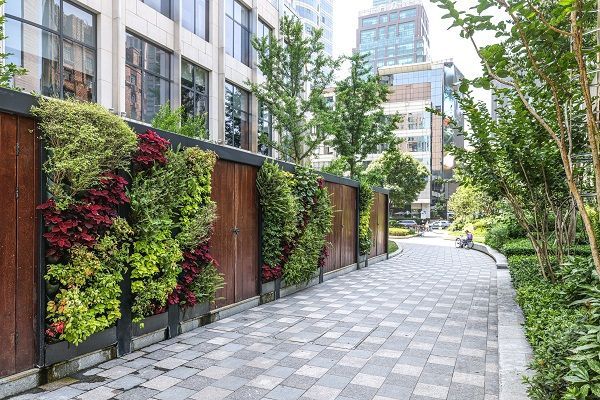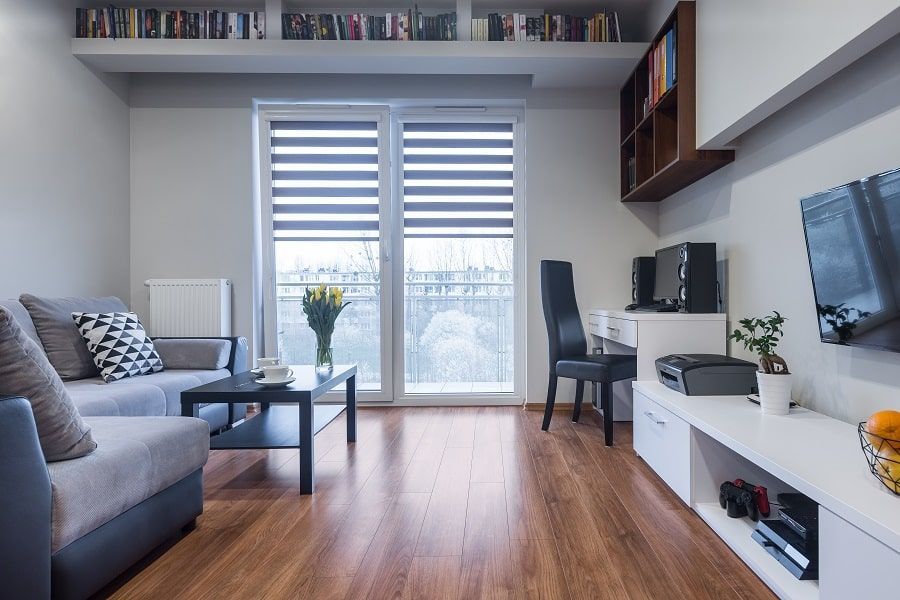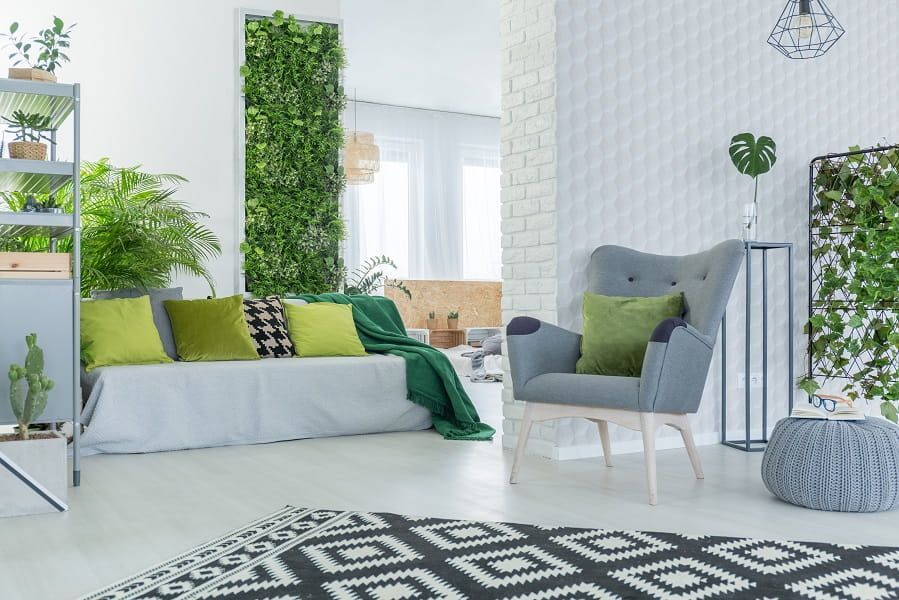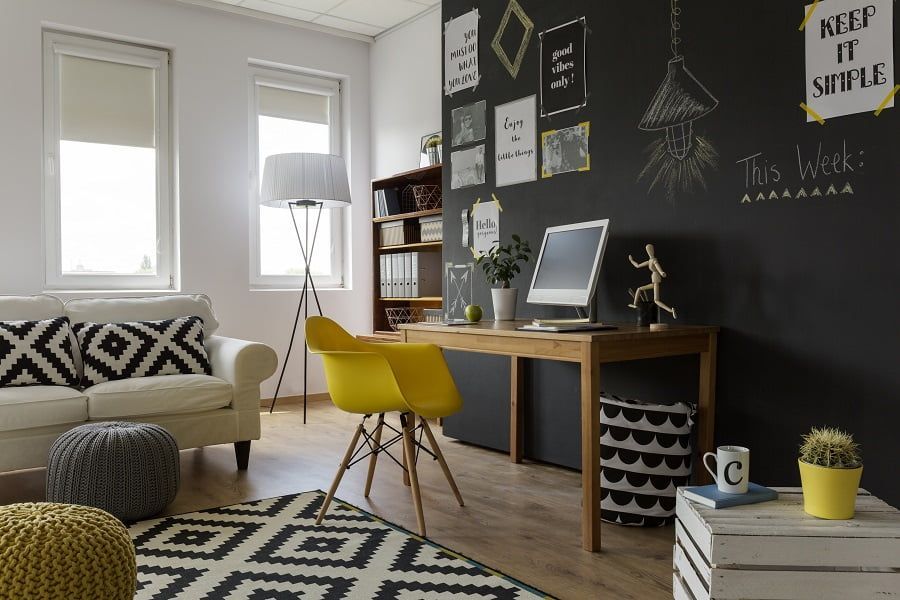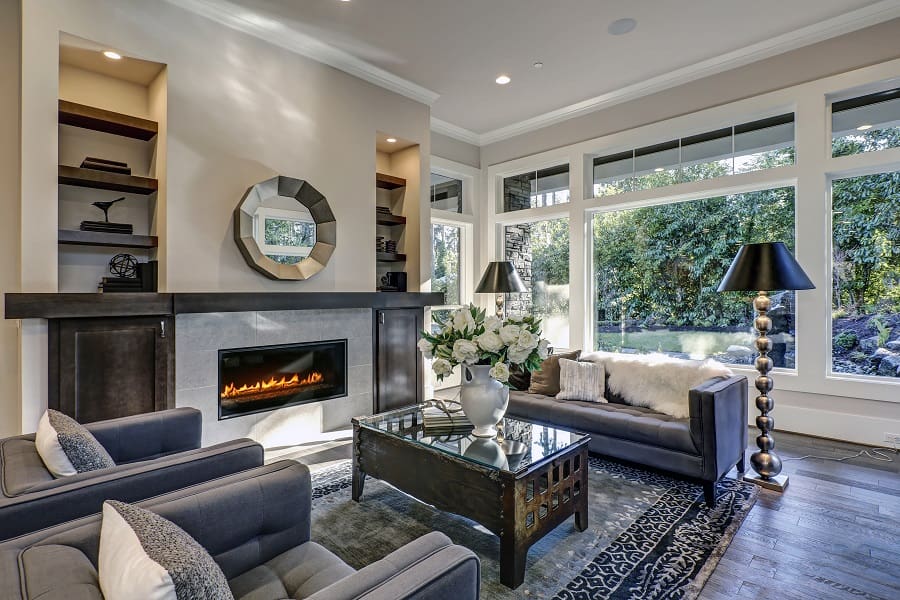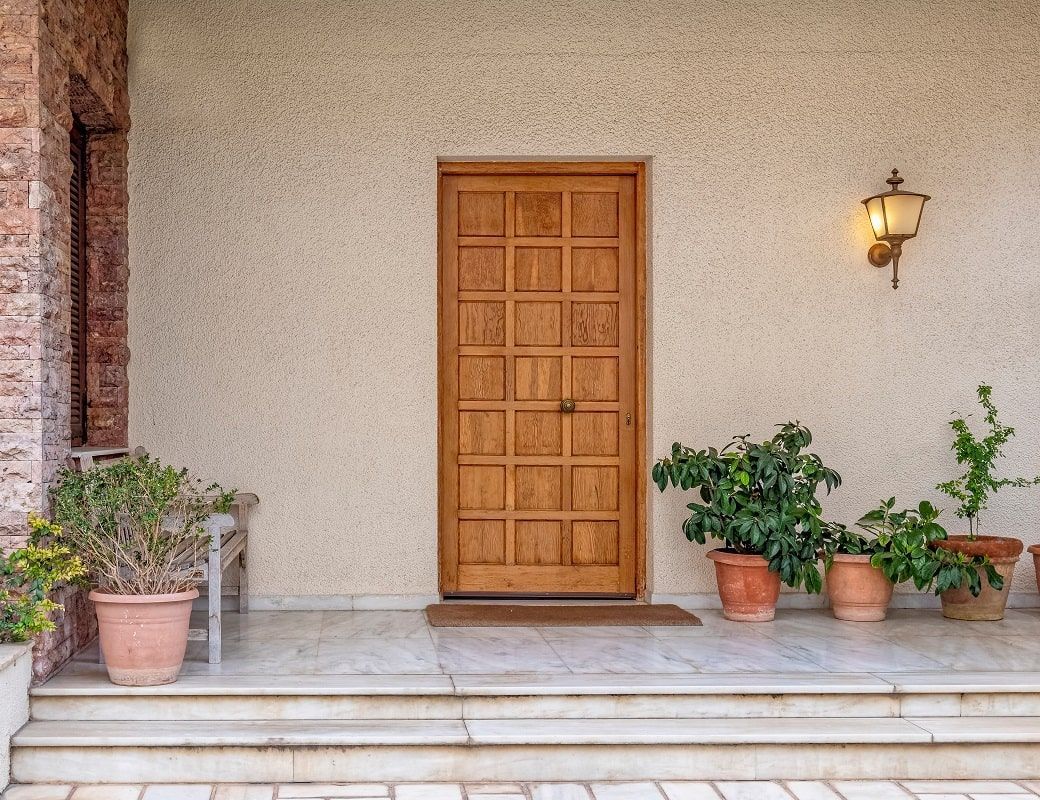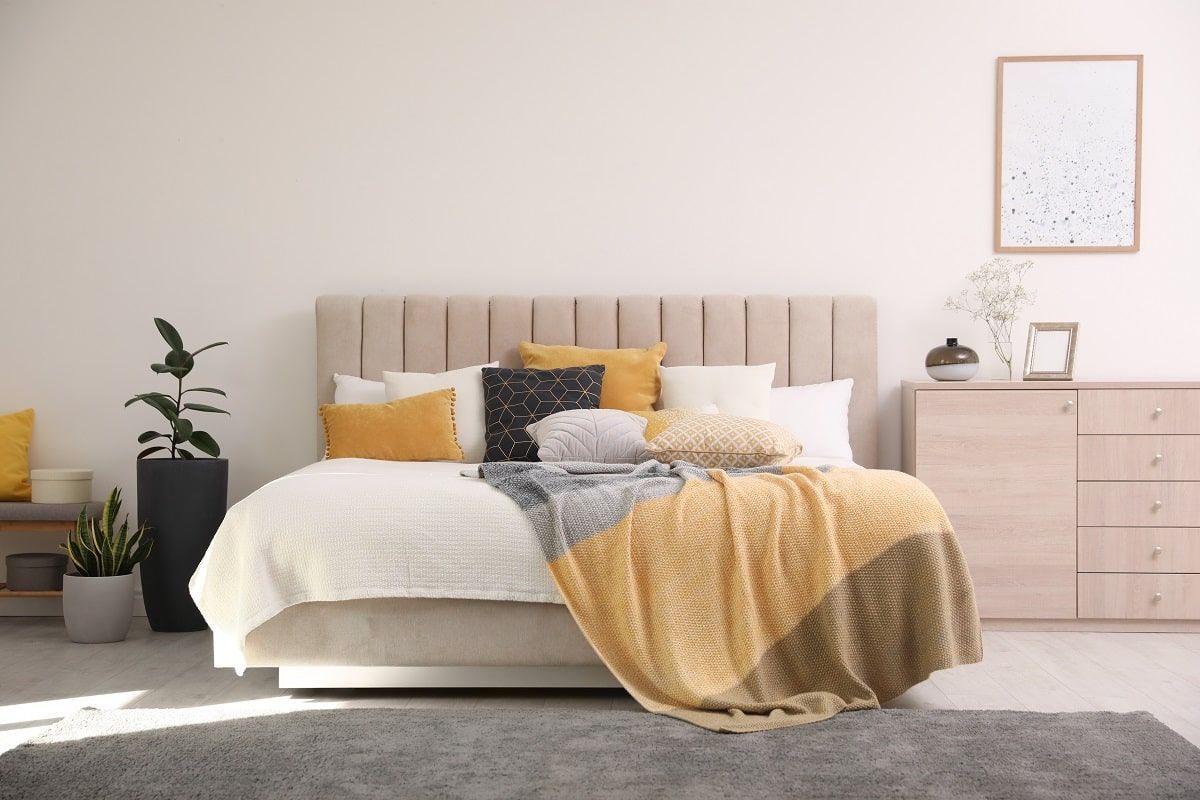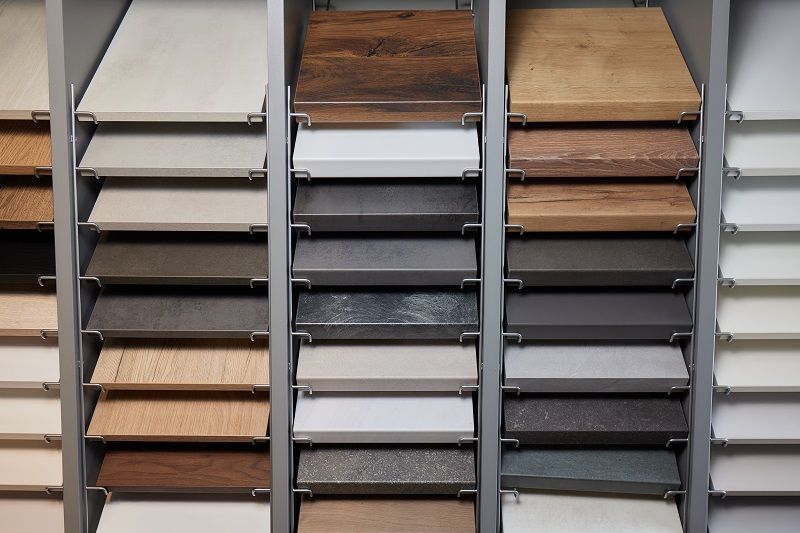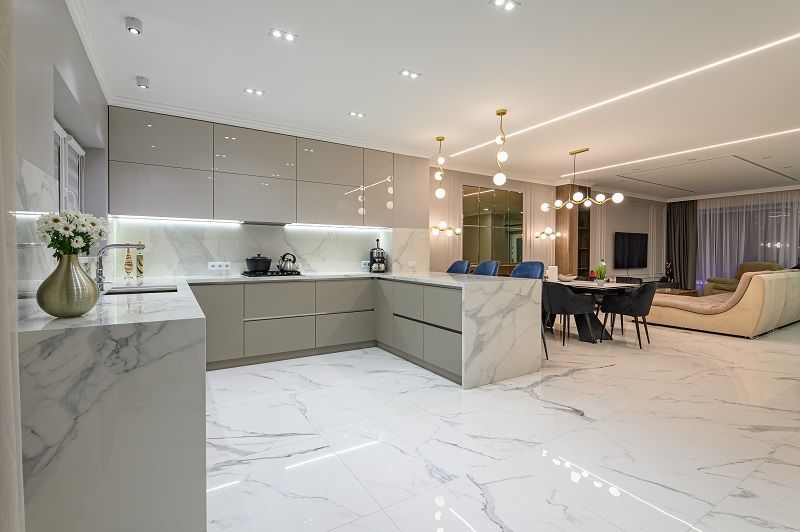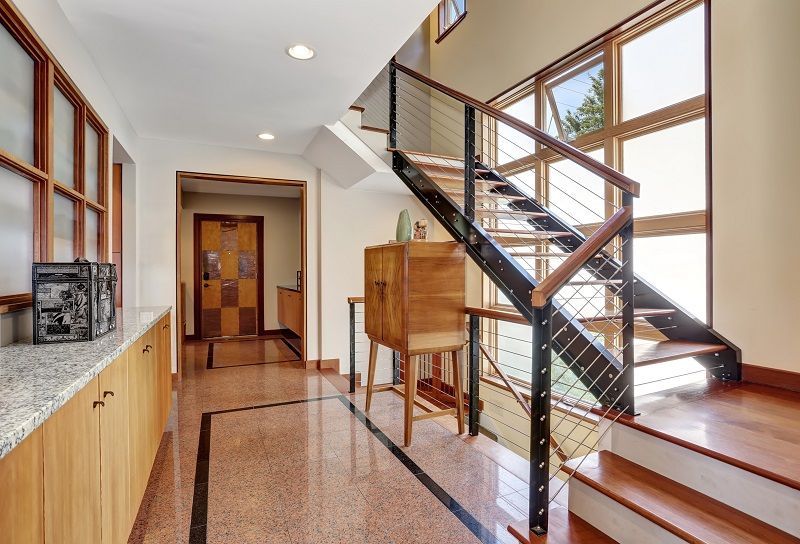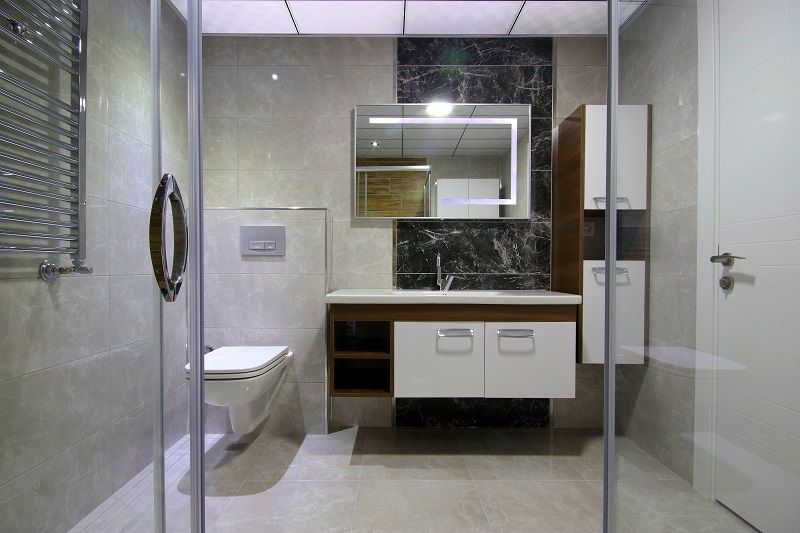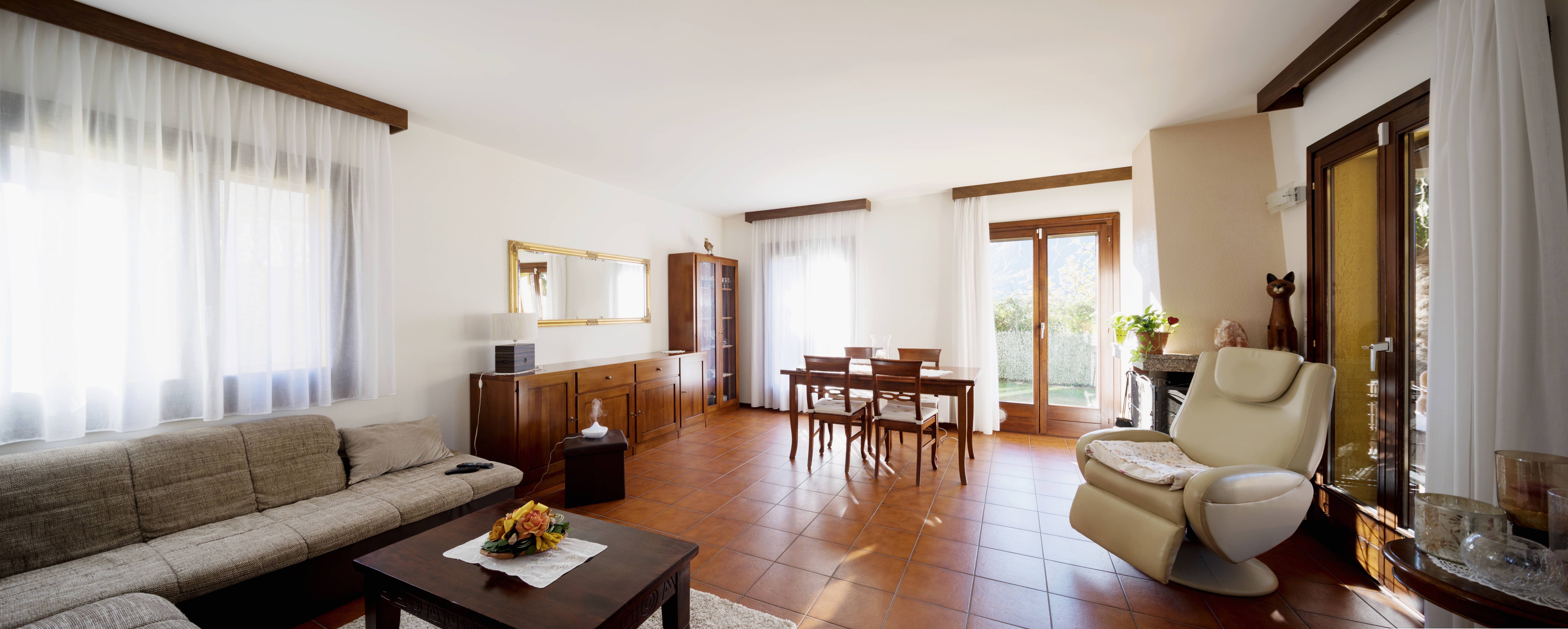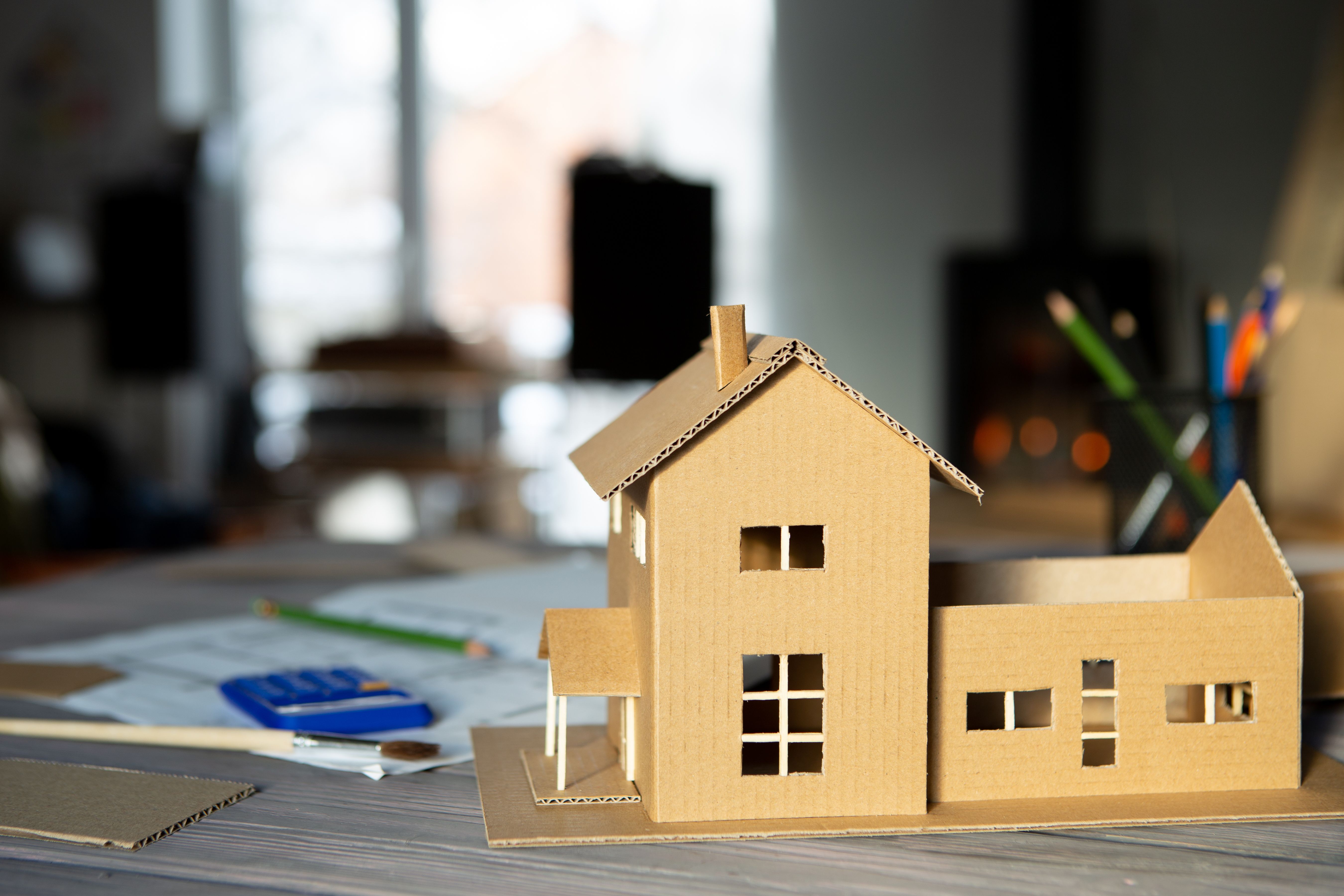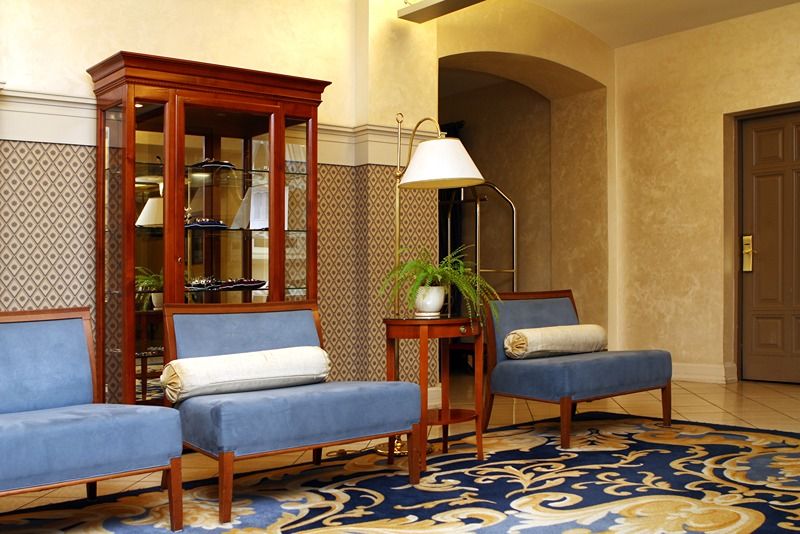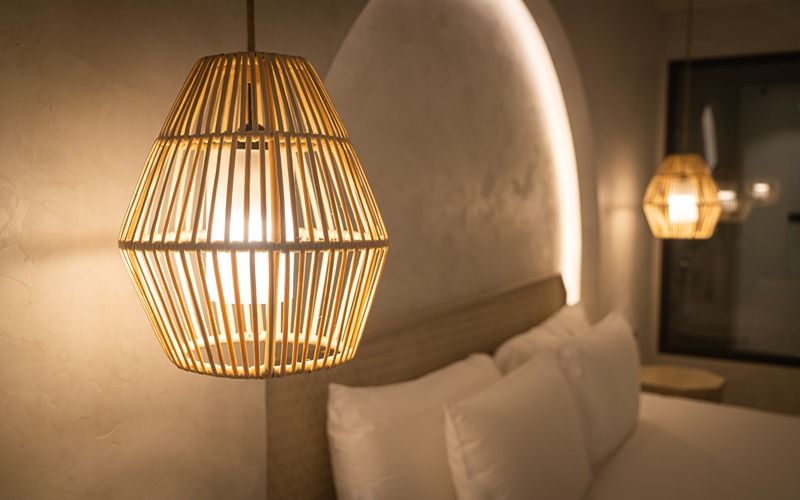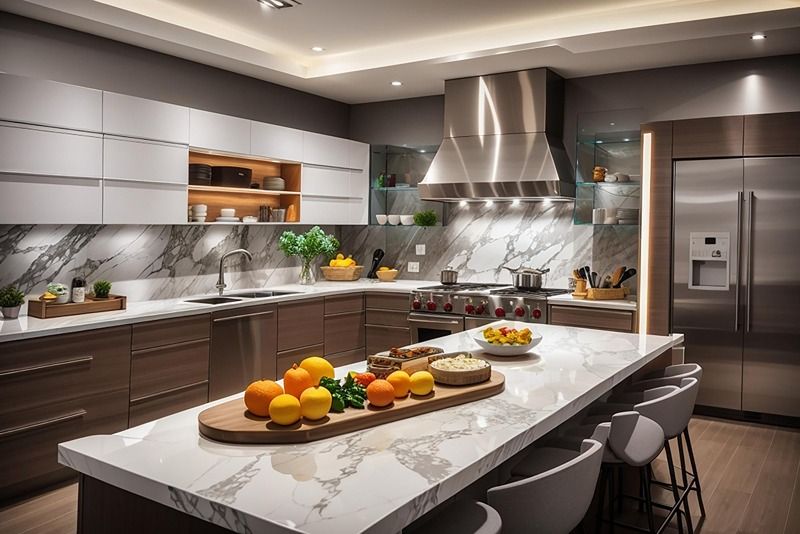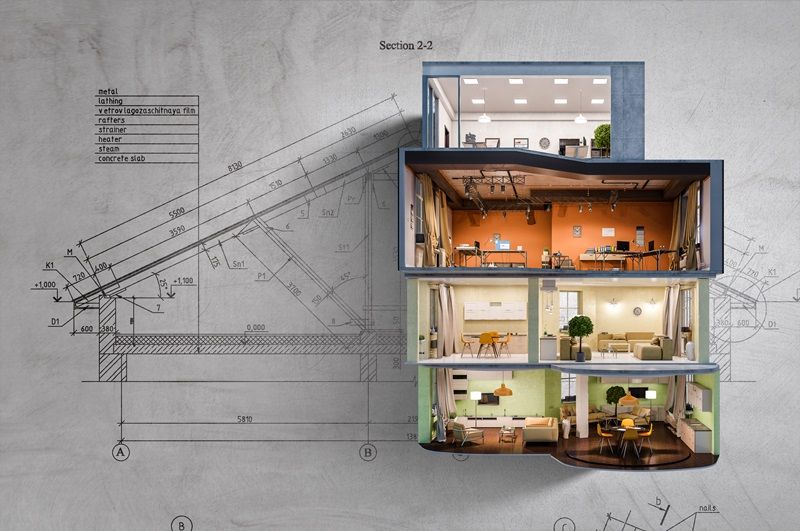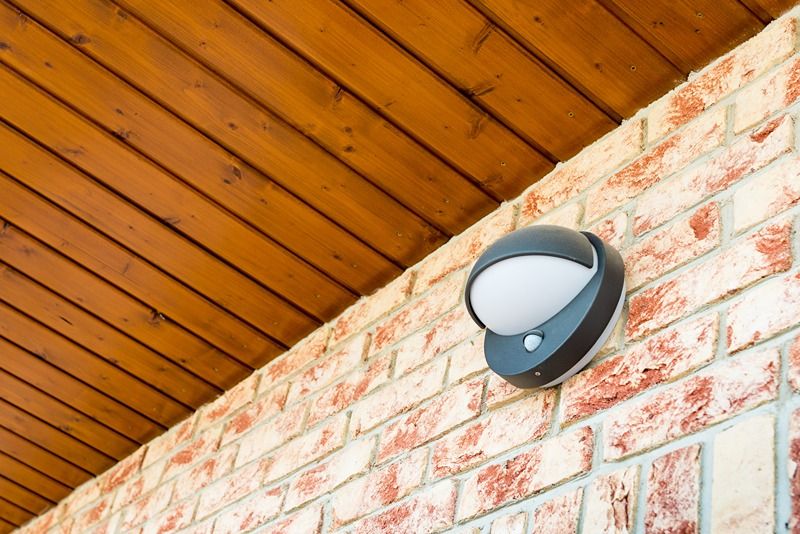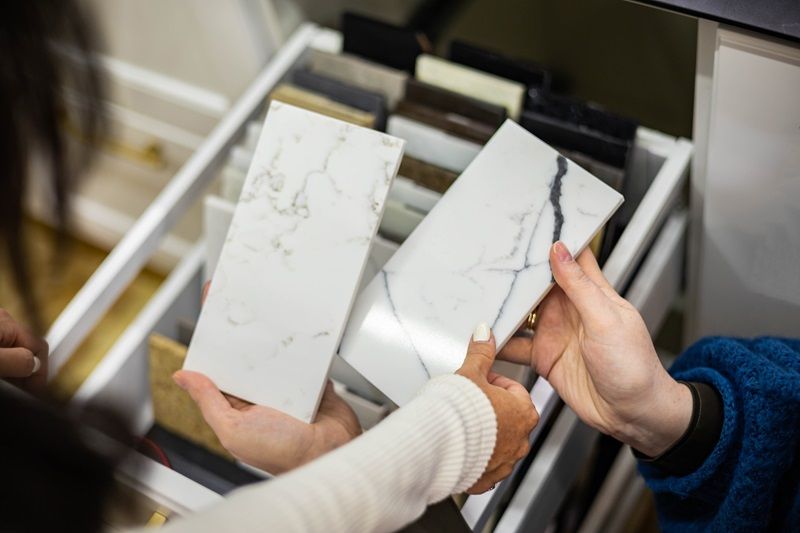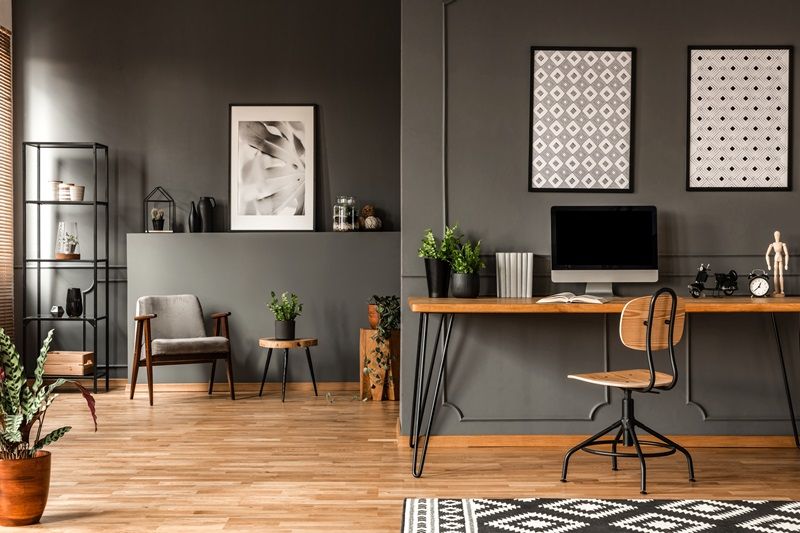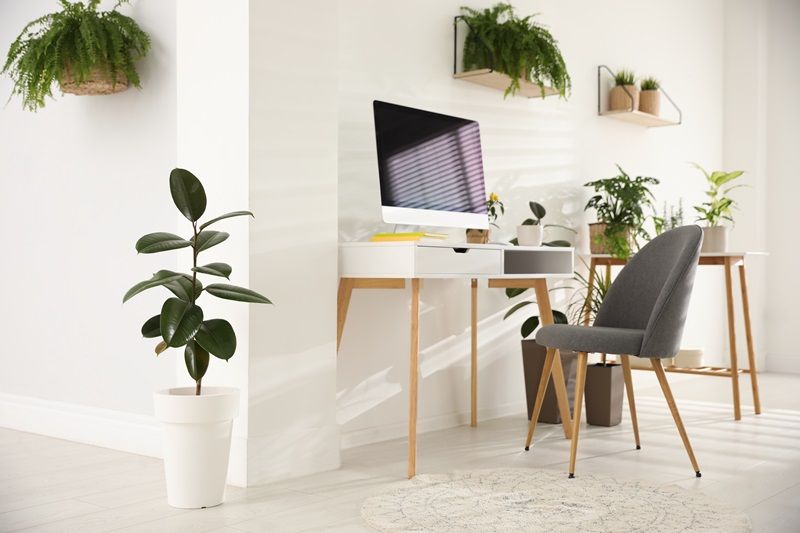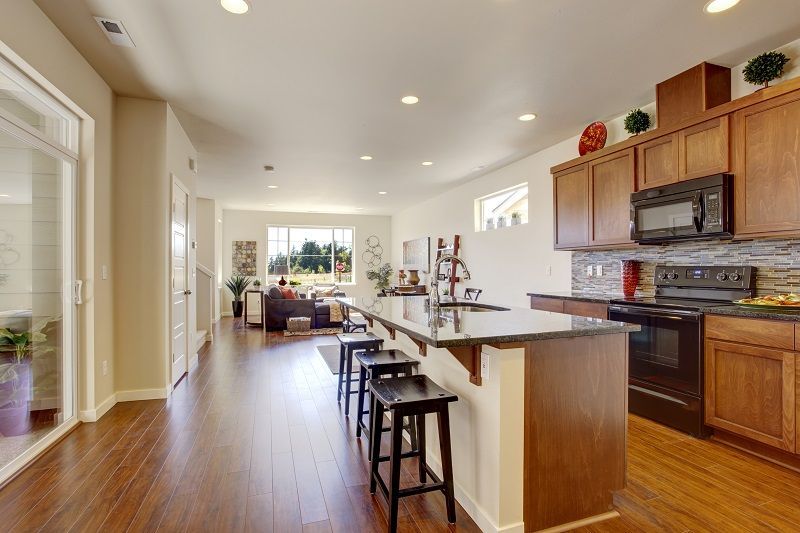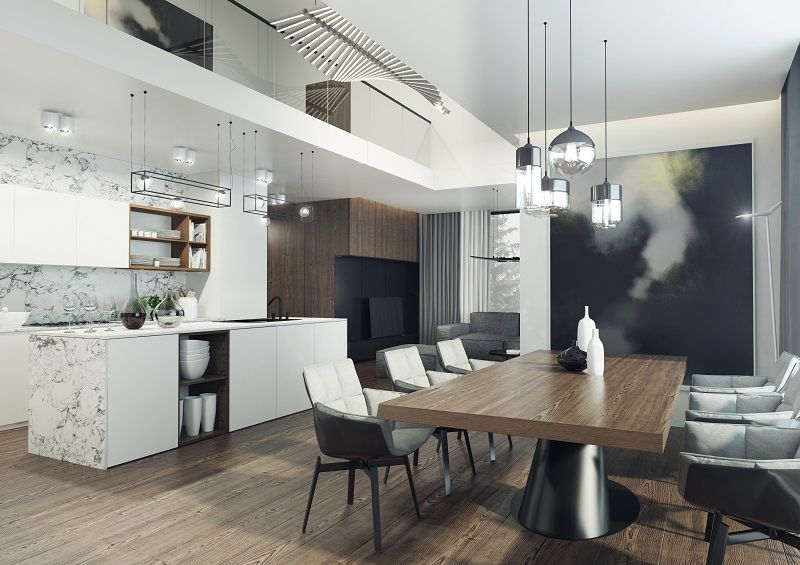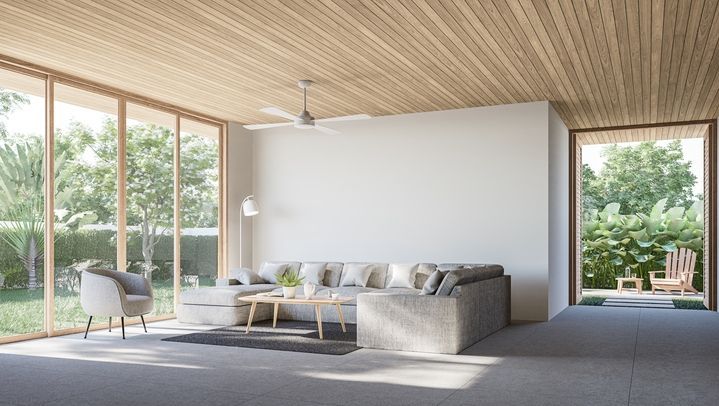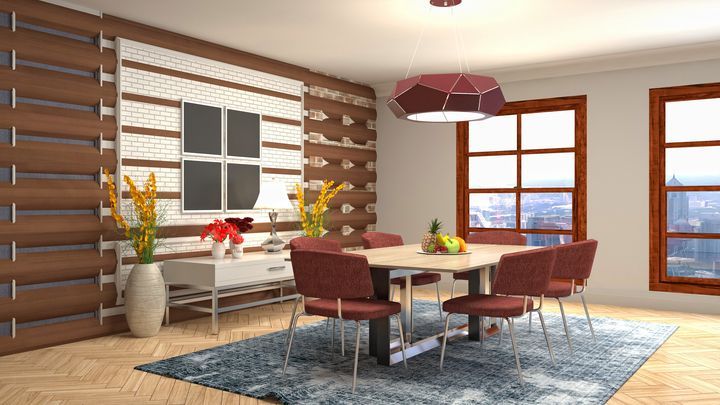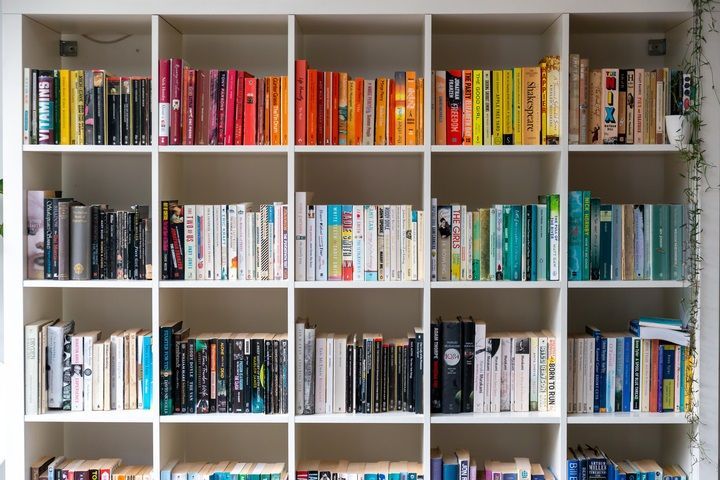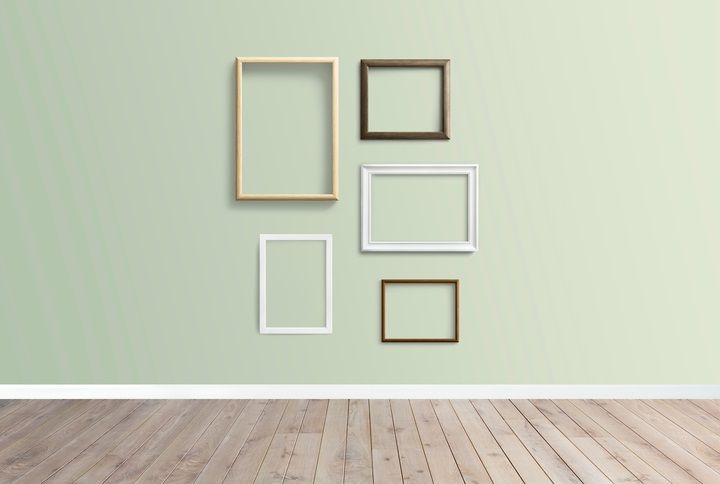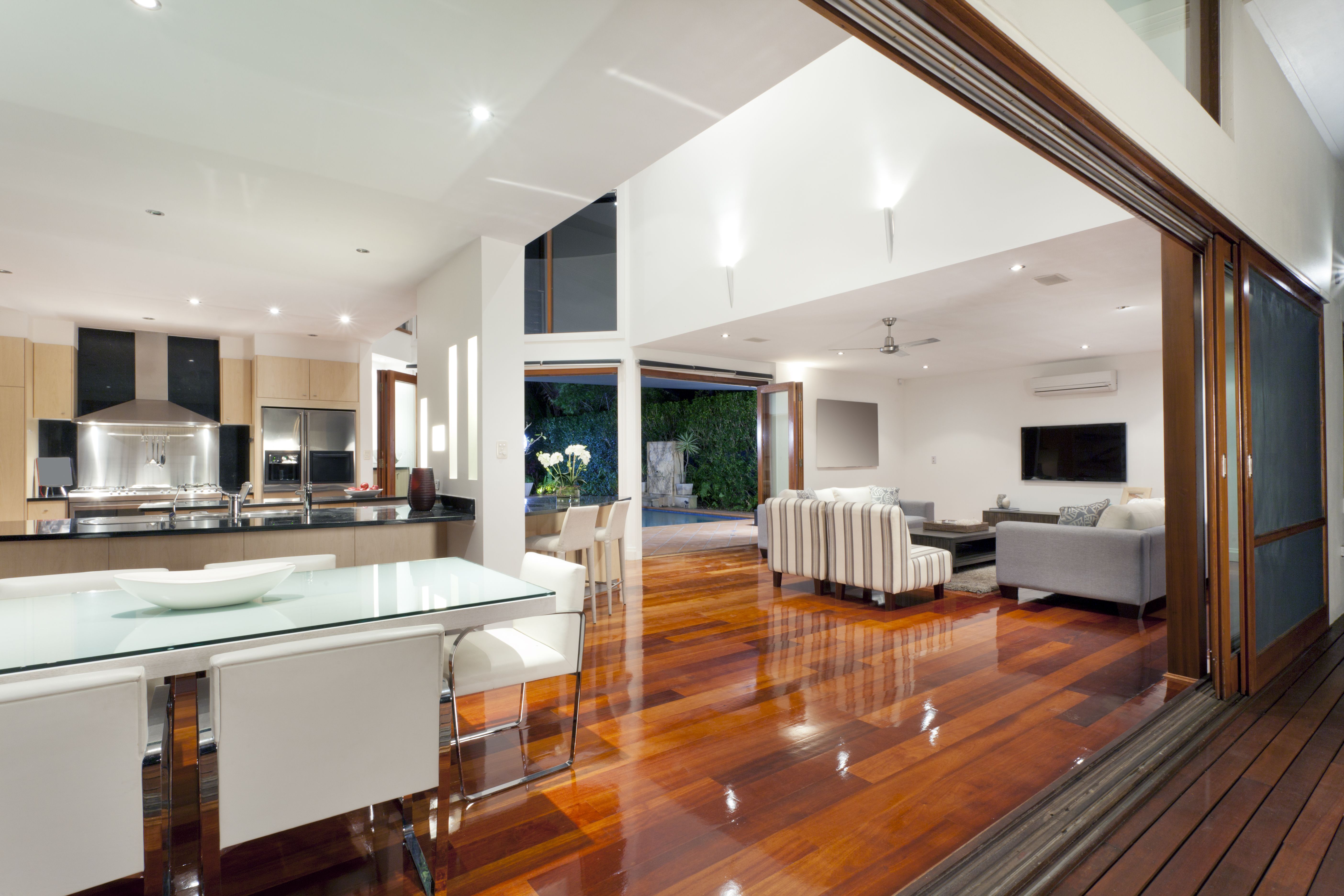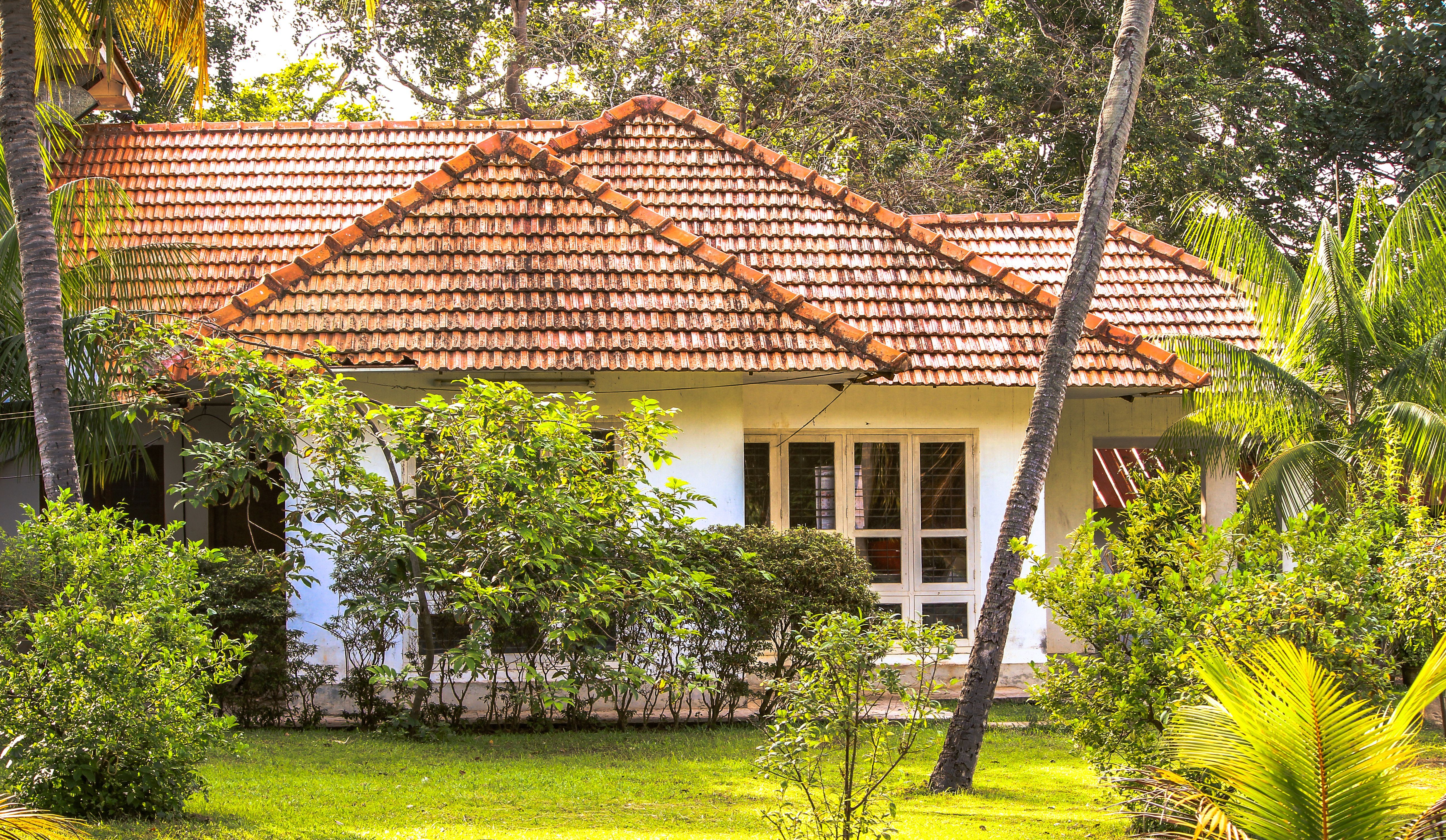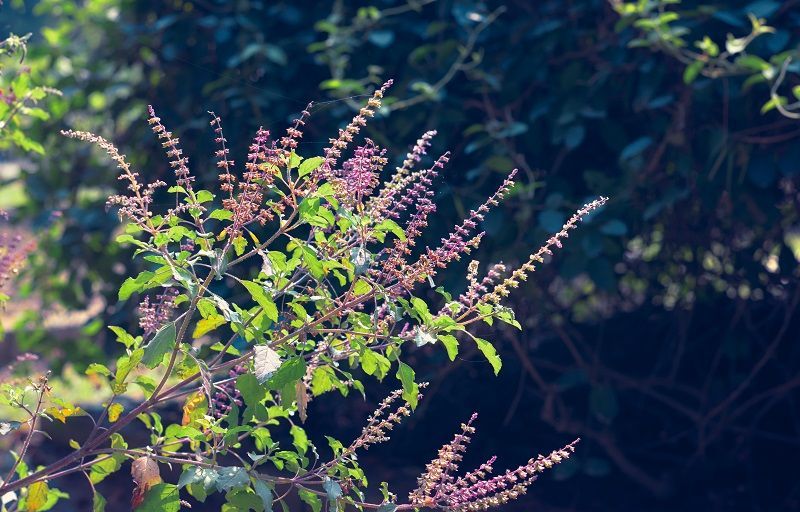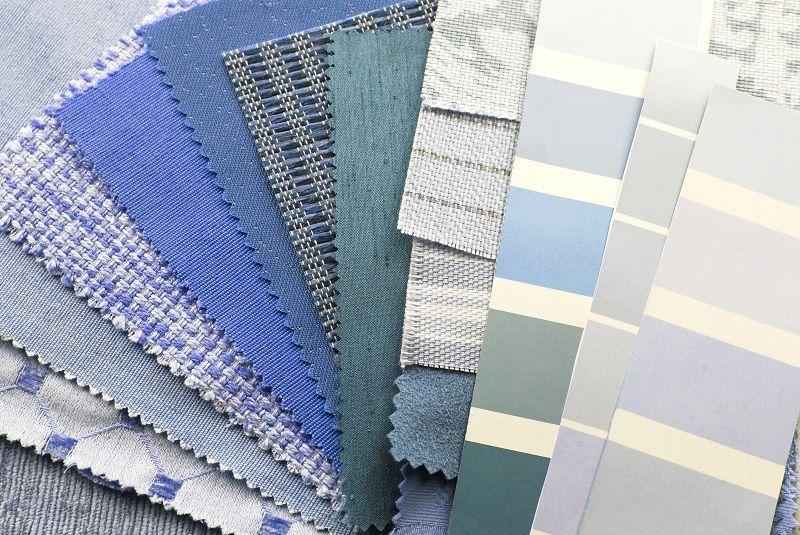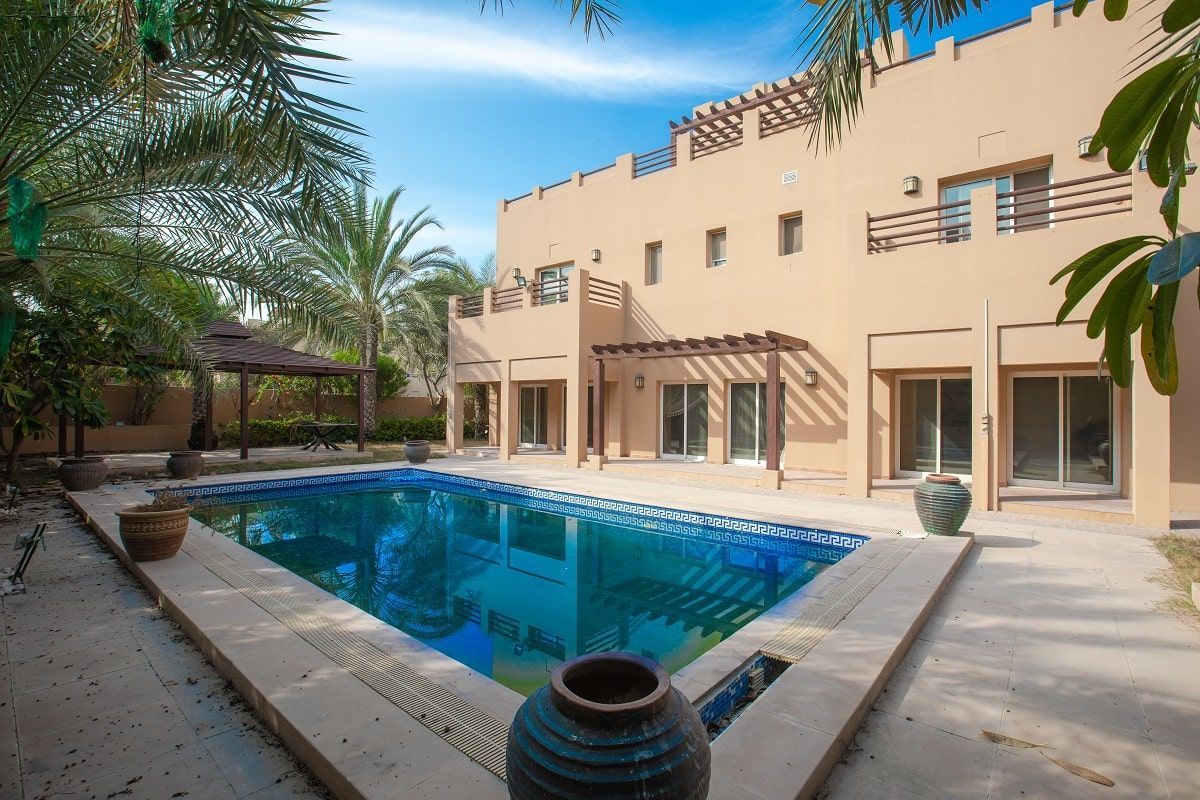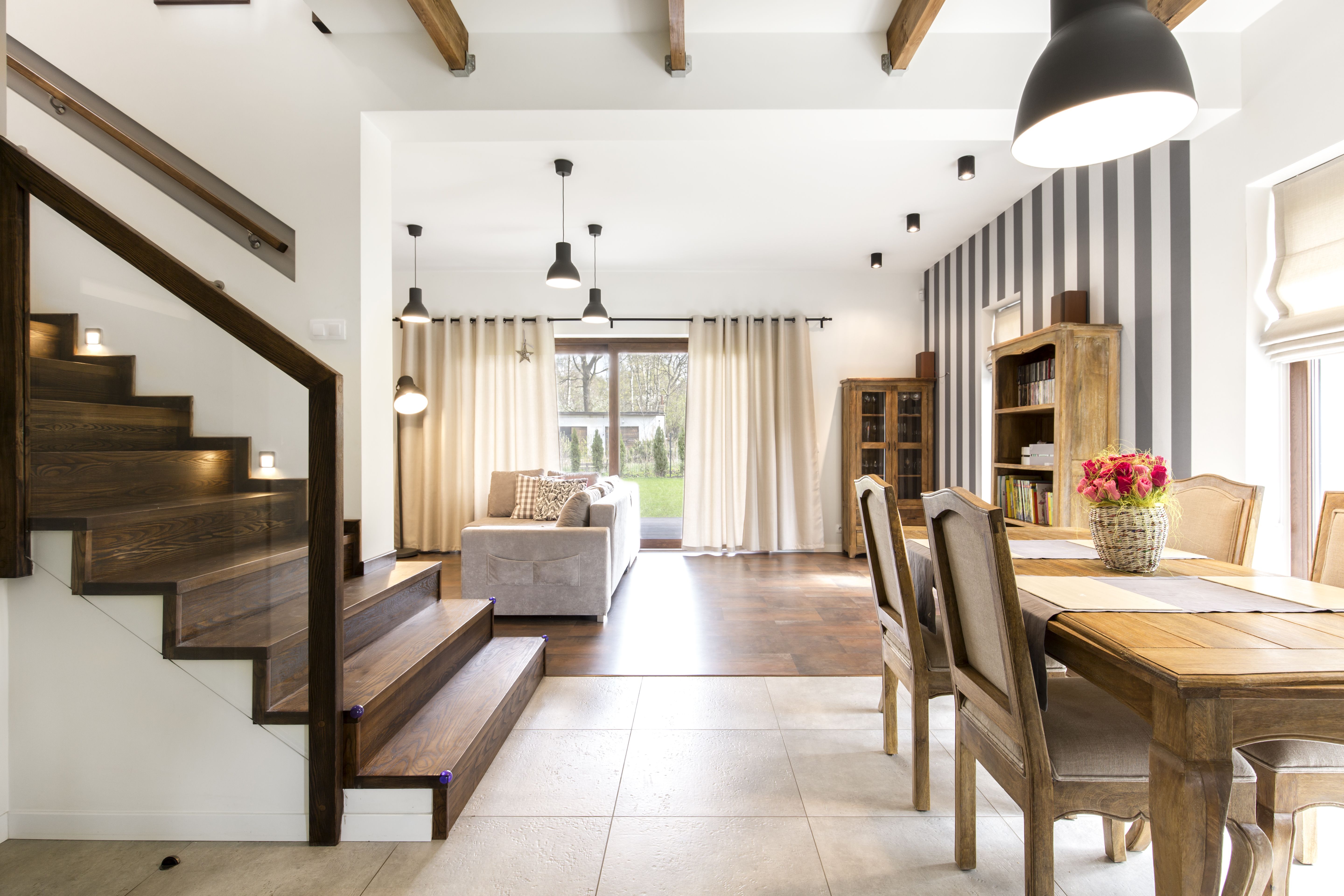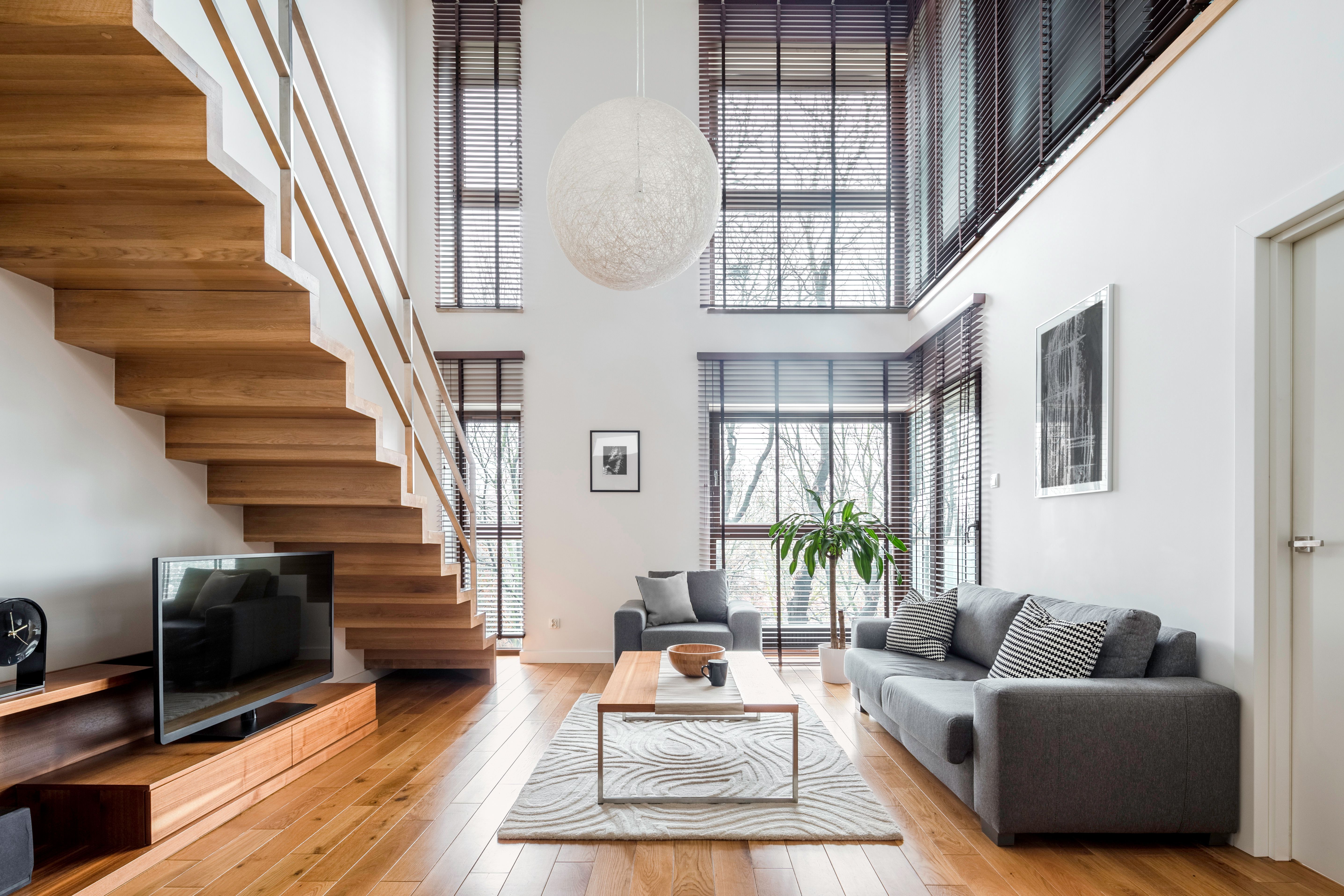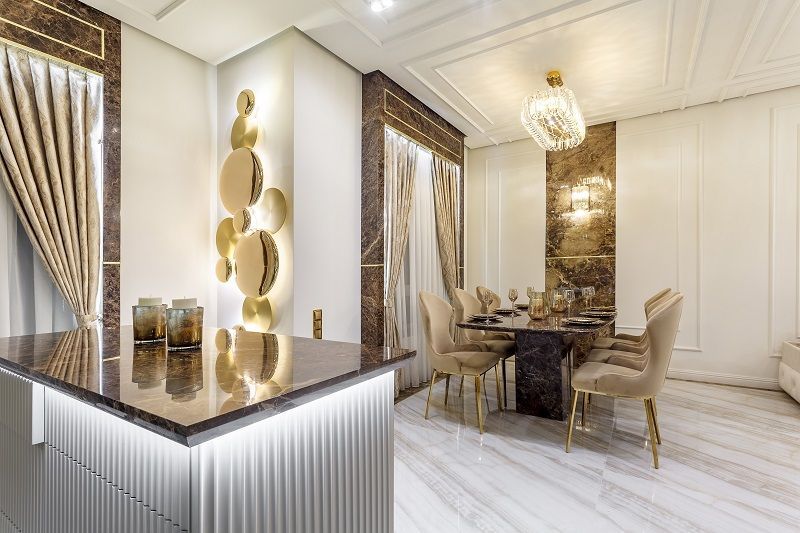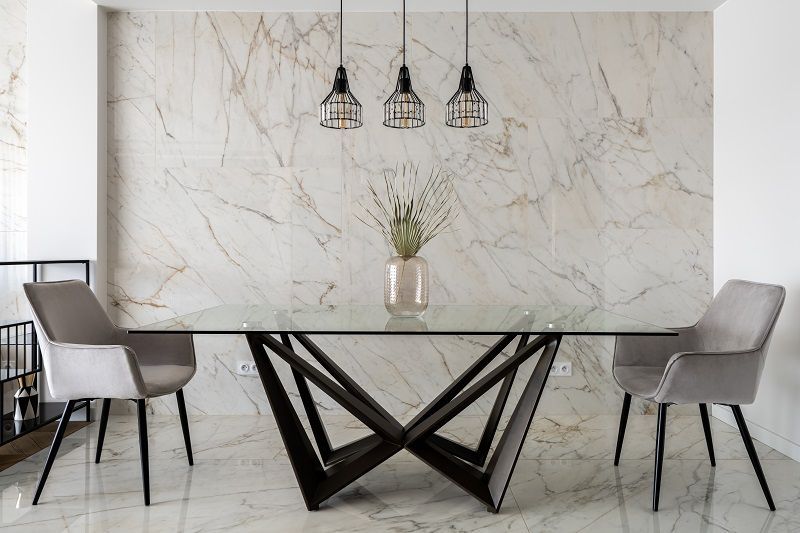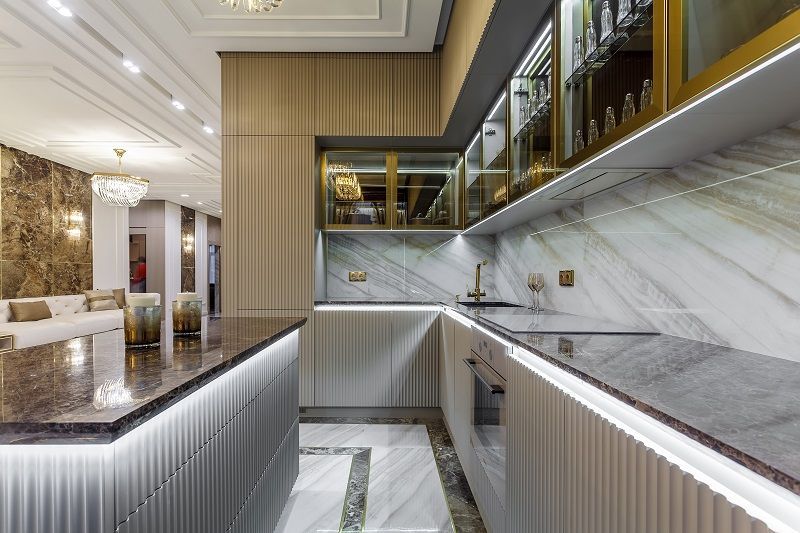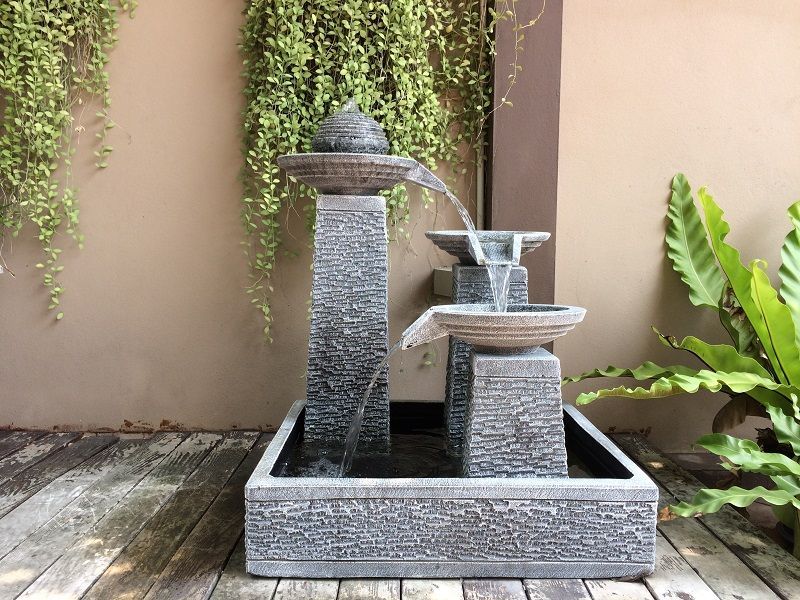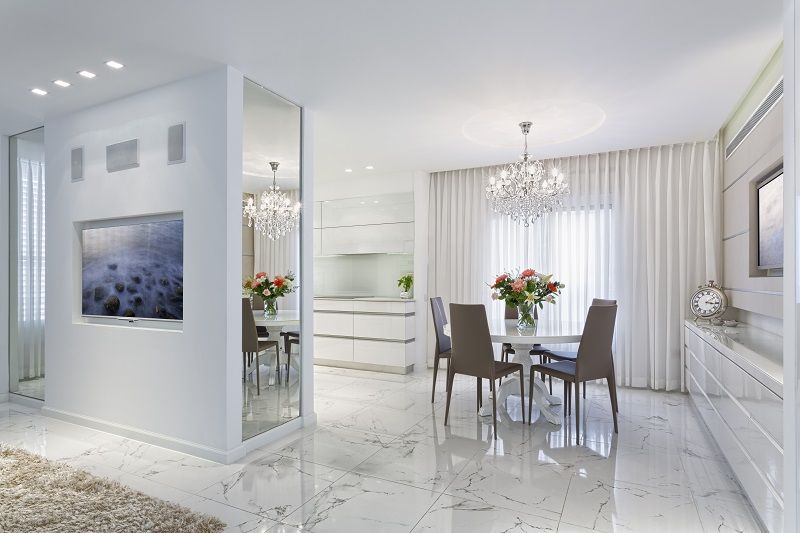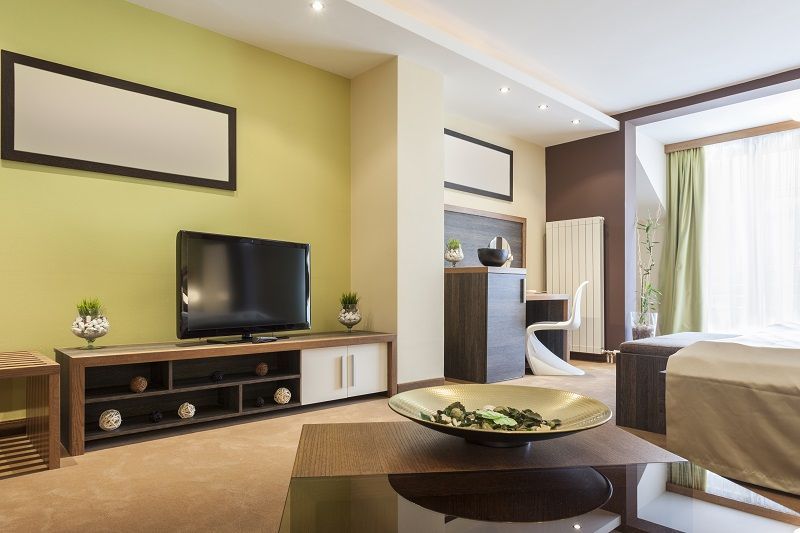The four main building blocks of a Nalukettu home are the northern block or Vadakkini, the western block or Padinjattini, the eastern block or Kizhakkini, and the southern block or Thekkini. Wealthy families or those with large joint families may choose to construct larger homes, such as Ettukettu or Pathinaaru kettu, which have eight and sixteen blocks, respectively. The Ettukettu has two central courtyards, while the Pathinarukettu has four central courtyards, and they were constructed primarily by the influential Nairs and Namboodiris during the 18th and 19th centuries.
The central open courtyard is a distinctive feature of Nalukettu homes. These homes have a range of amenities like a kitchen, granaries, veranda, bedrooms, dining hall, pooja room, utilities, cow shed, and a well.
Components of a Kerala Nalukettu Home
A Nalukettu home comprises various components such as:
Padippura: This serves as the entrance to the compound and is usually distinguished by a stairway and a tiled roof. The top nalukettu gate is a notable feature of the building, consisting of an intricate gopuram that resembles a temple.
Poomukham: A space with tiled roofs and supporting pillars.
Verandah Chuttu: A hallway that surrounds the home.
Nadumuttom: The central open-air courtyard is situated in the middle of the structure. The most fascinating aspect of this area is the presence of a tulsi plant in the center.
Pooja Room: The prayer room is located in the northeast corner of the home, with idols facing either east or west.
Kulam: A small lotus pond located at the end of the Chuttu Verandah. It is believed that having this body of water nearby enhances the energy flow inside the house.
Construction Materials for a Nalukettu House
Nalukettu houses are typically constructed using locally available materials such as teak or wood from wild jackfruit trees, red bricks, and mud. The walls are built with laterite stones held together by a combination of mud and cow dung, which provides insulation and helps maintain a cool interior.
The roof is constructed with clay tiles supported by wooden beams and columns, and the flooring is typically made of compacted earth or a blend of cow dung and sand. Wood is a commonly used material for carvings and furnishings within the interiors. These materials are sustainable, cost-effective, and consistent with the traditional building practices of the region.
All Nalukettu houses have gabled windows on the top, which ensure cross-ventilation and allow sufficient light into the attic. Extended rafters provide adequate protection from Kerala's notoriously heavy rainfall.
To summarise, Nalukettu Houses in Kerala represent a noteworthy instance of sustainable architecture which merges conventional and contemporary designs. These houses are not only aesthetically pleasing, but also practical and long-lasting, which makes them an ideal option for those who prioritise sustainability and cultural legacy.
